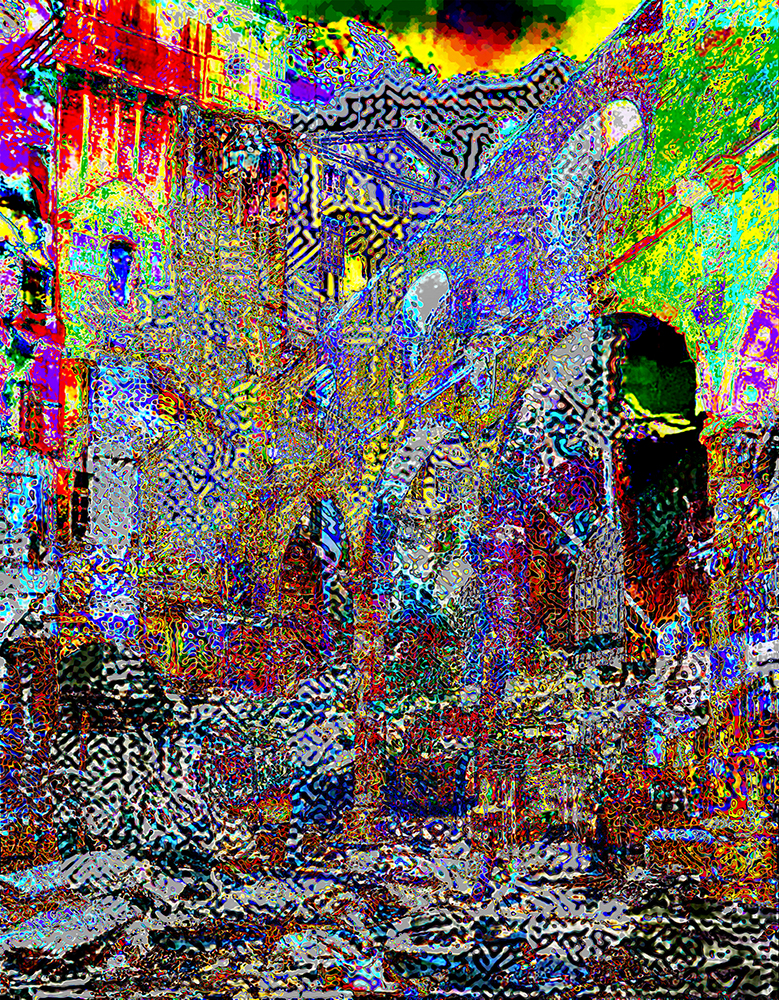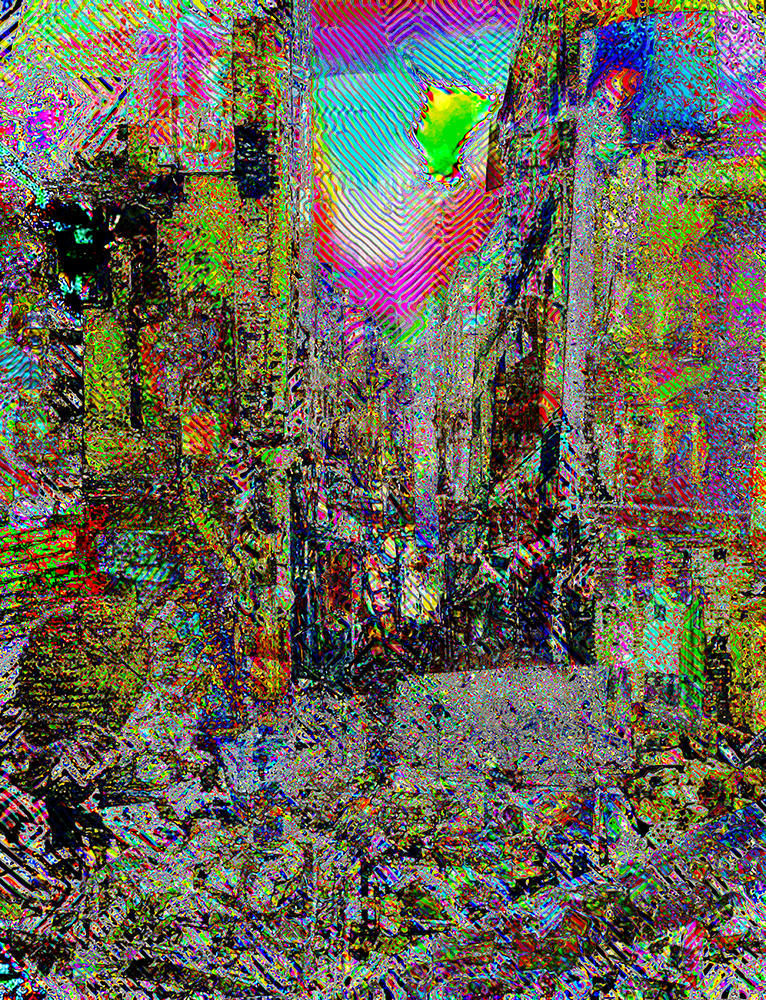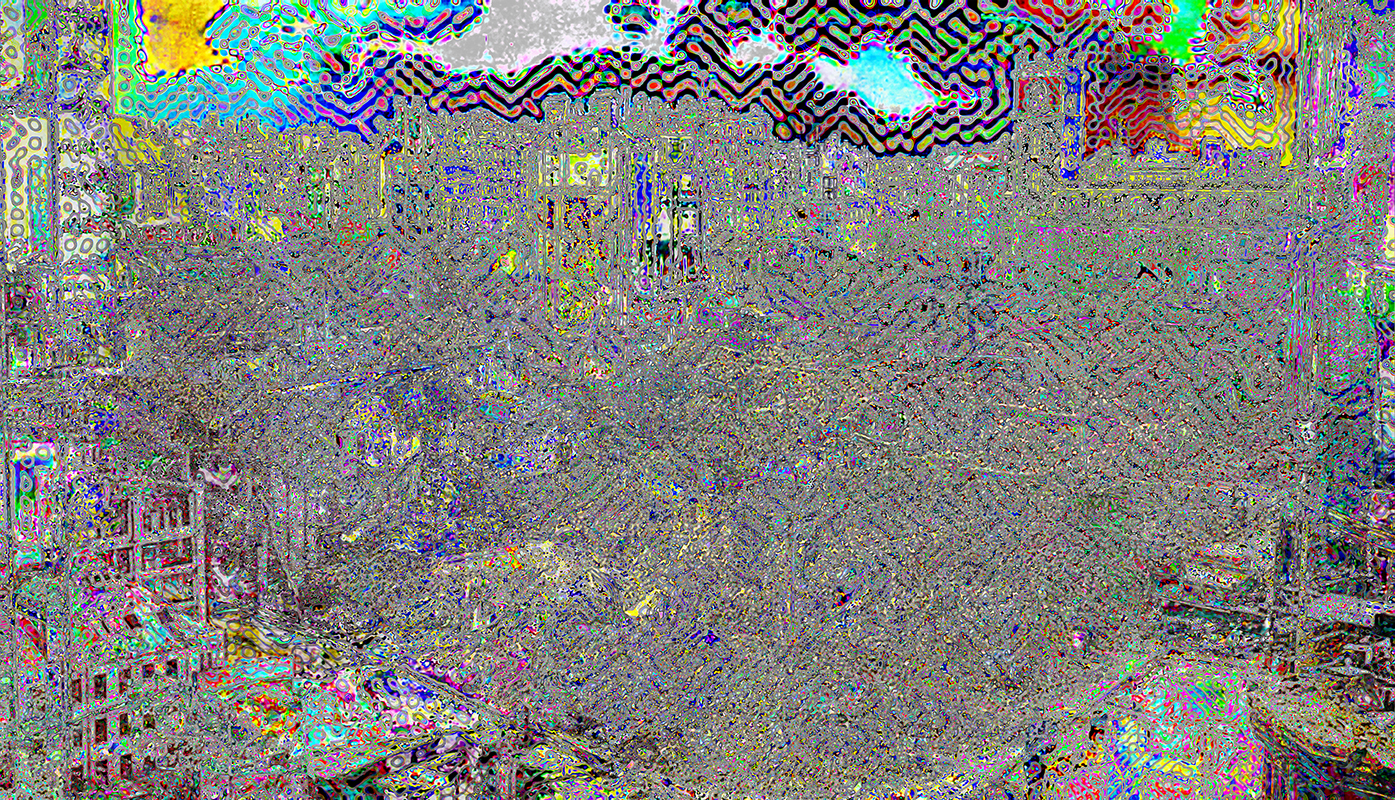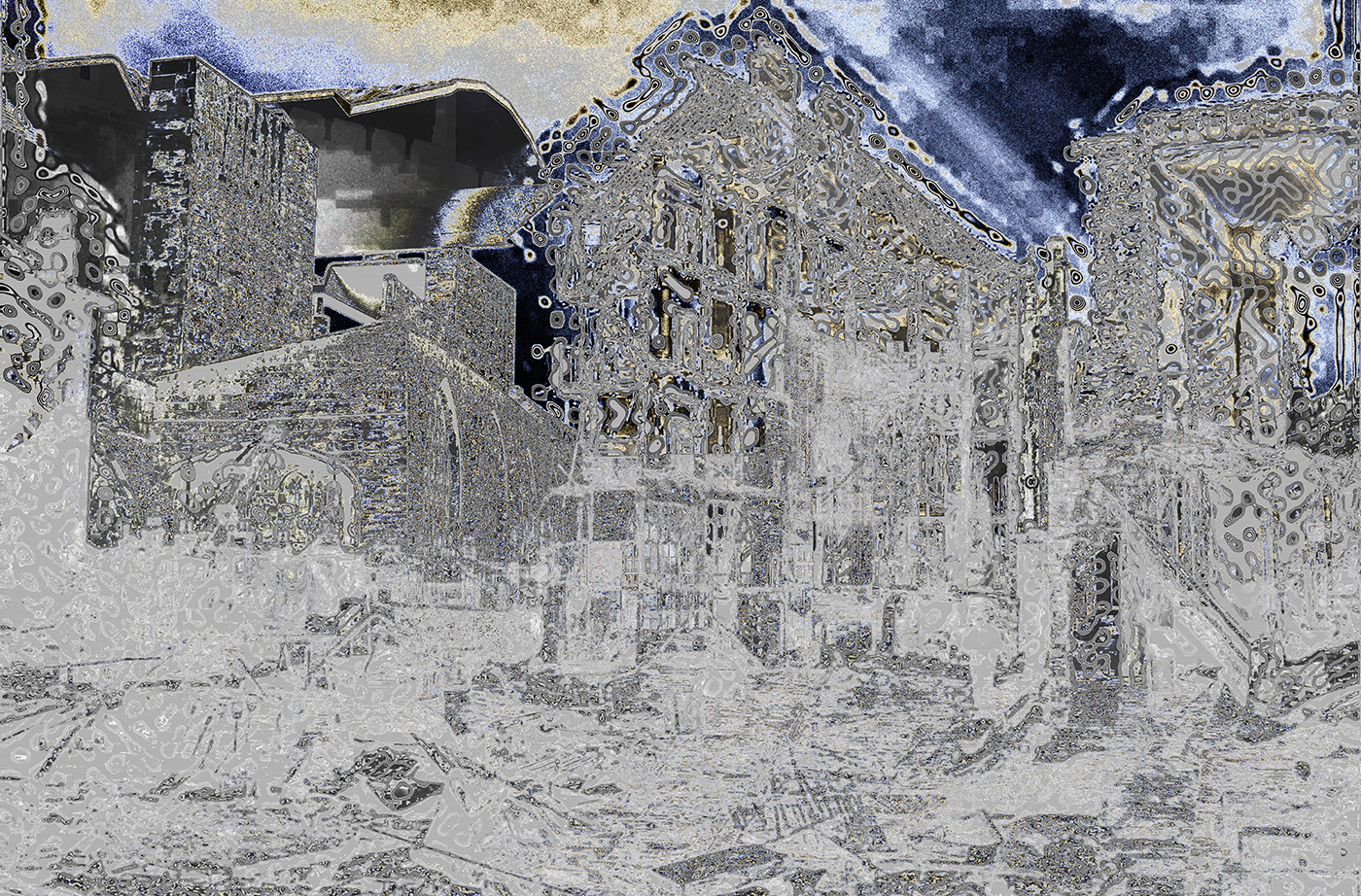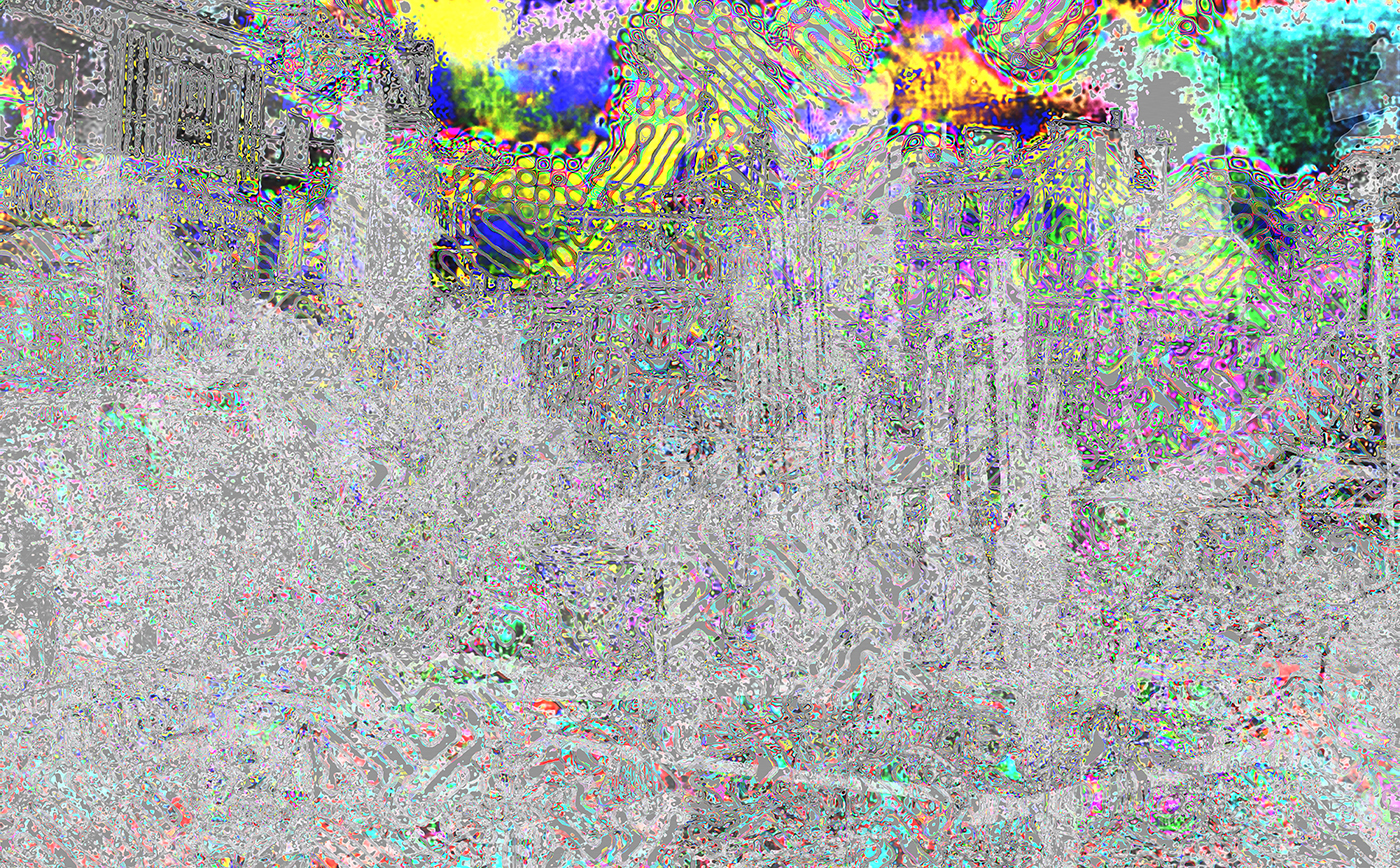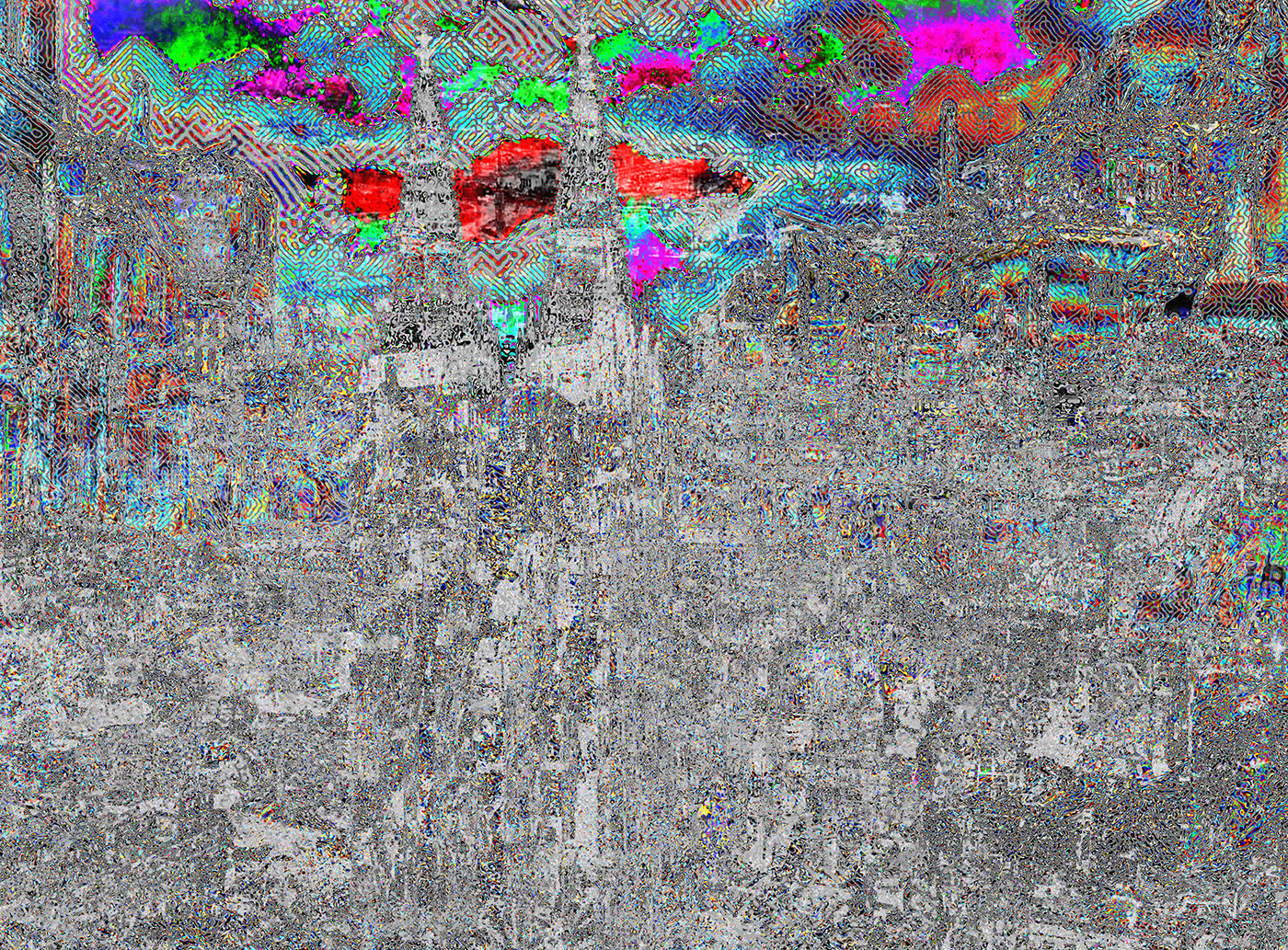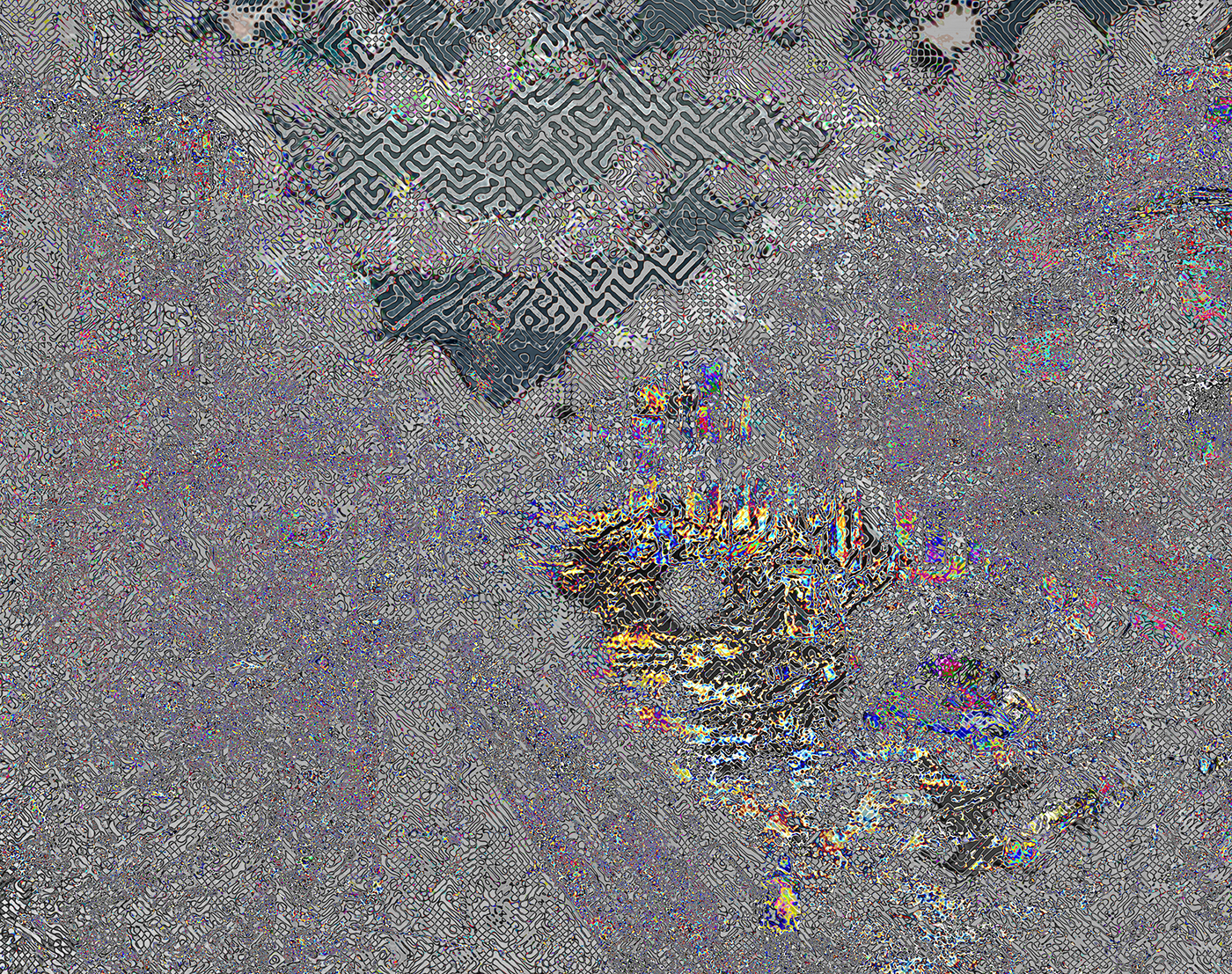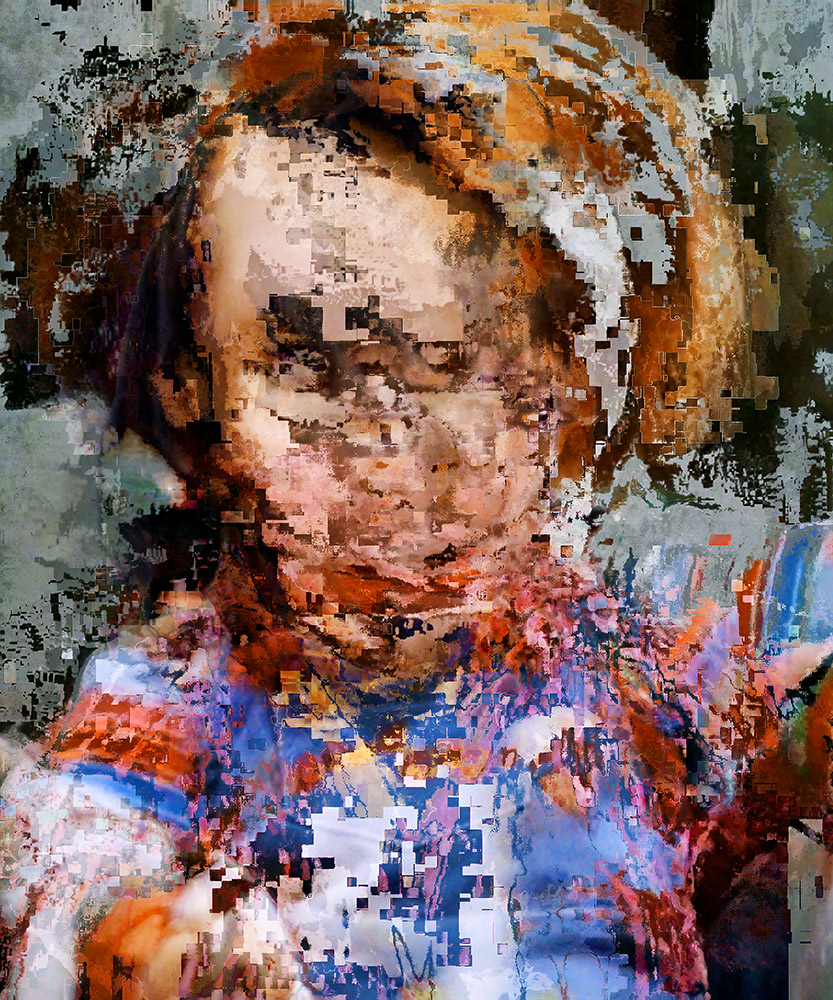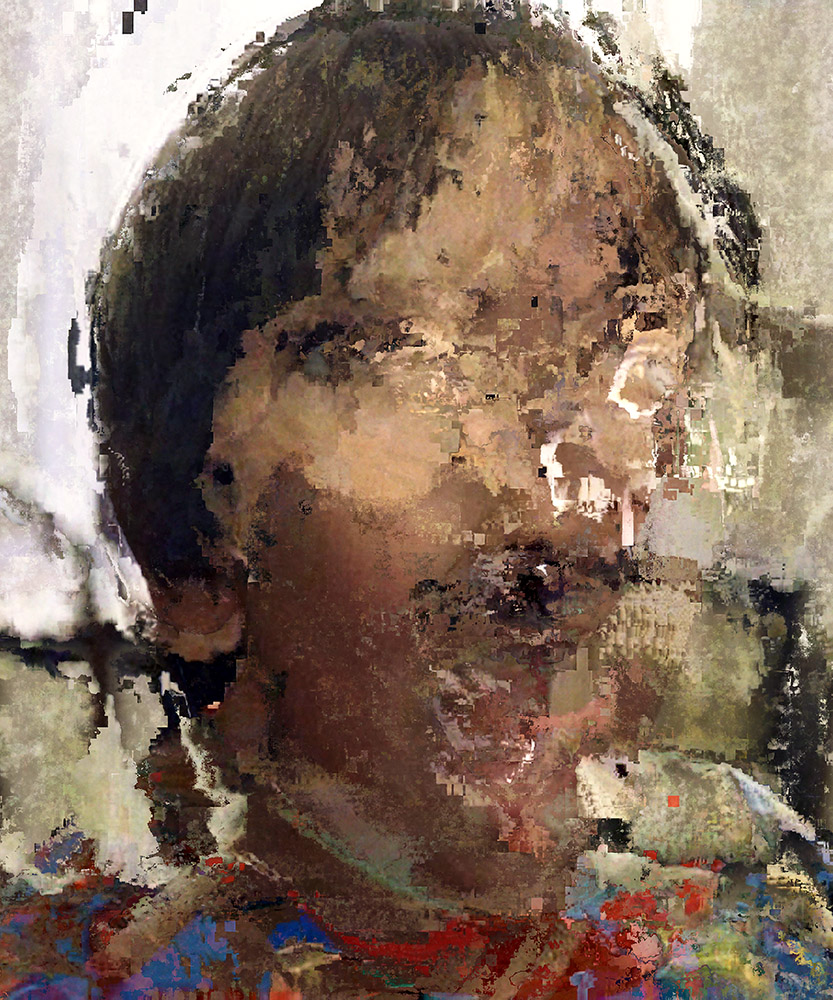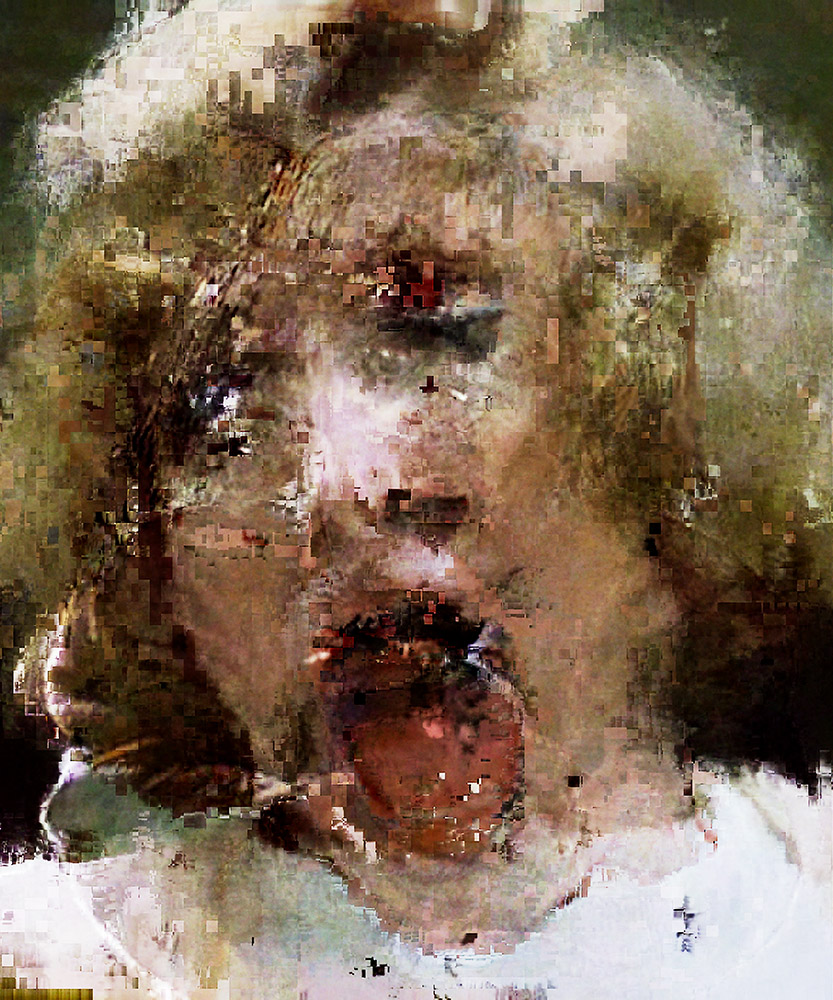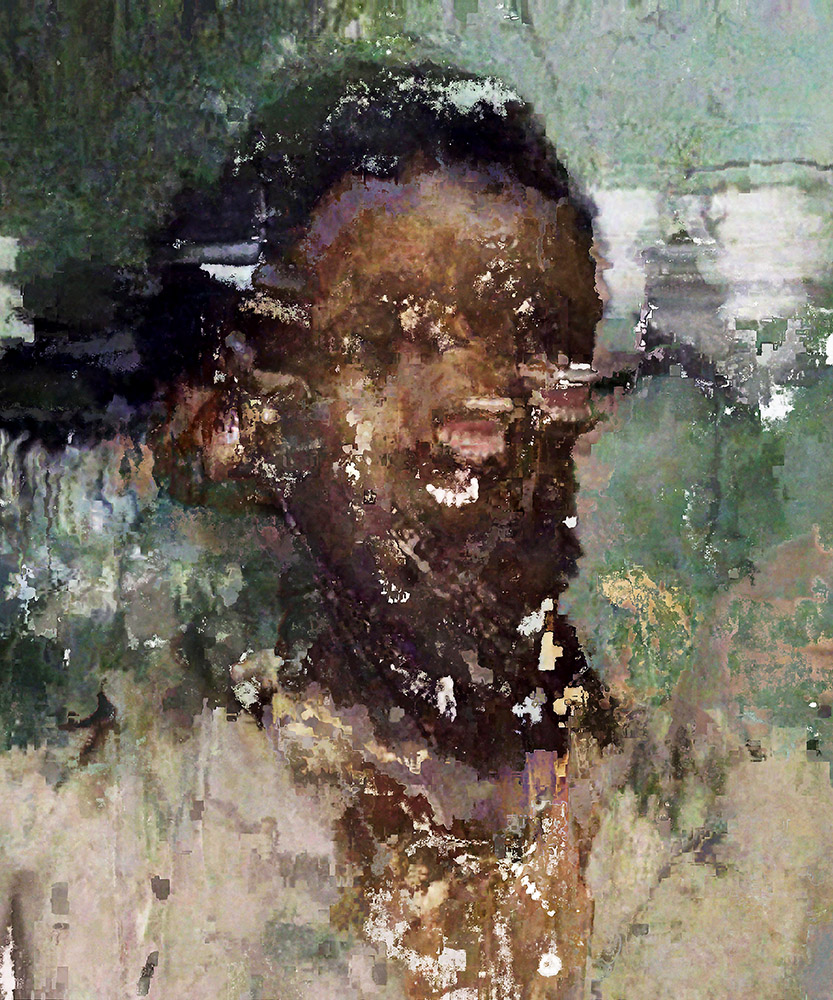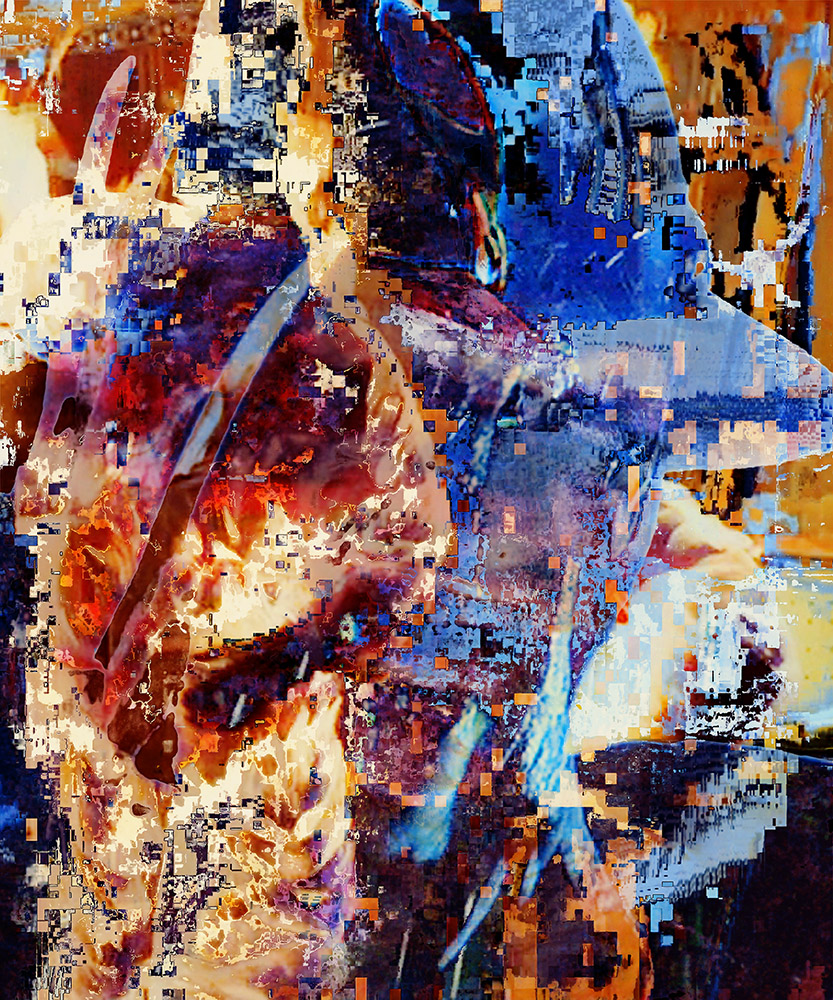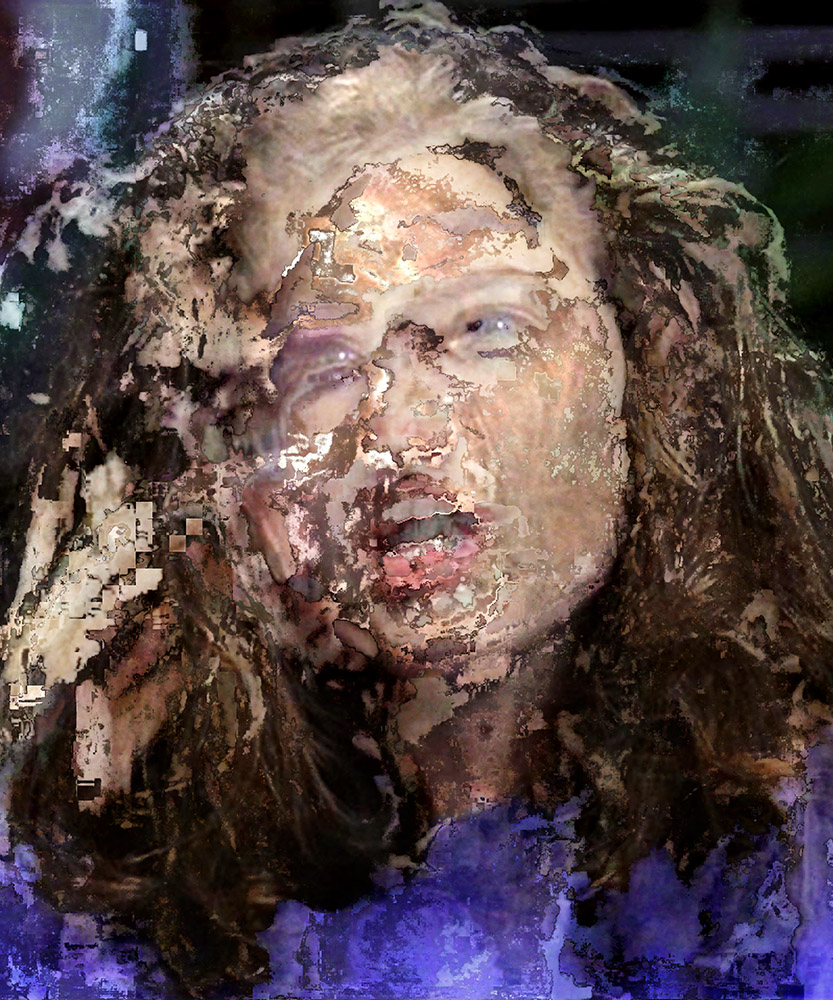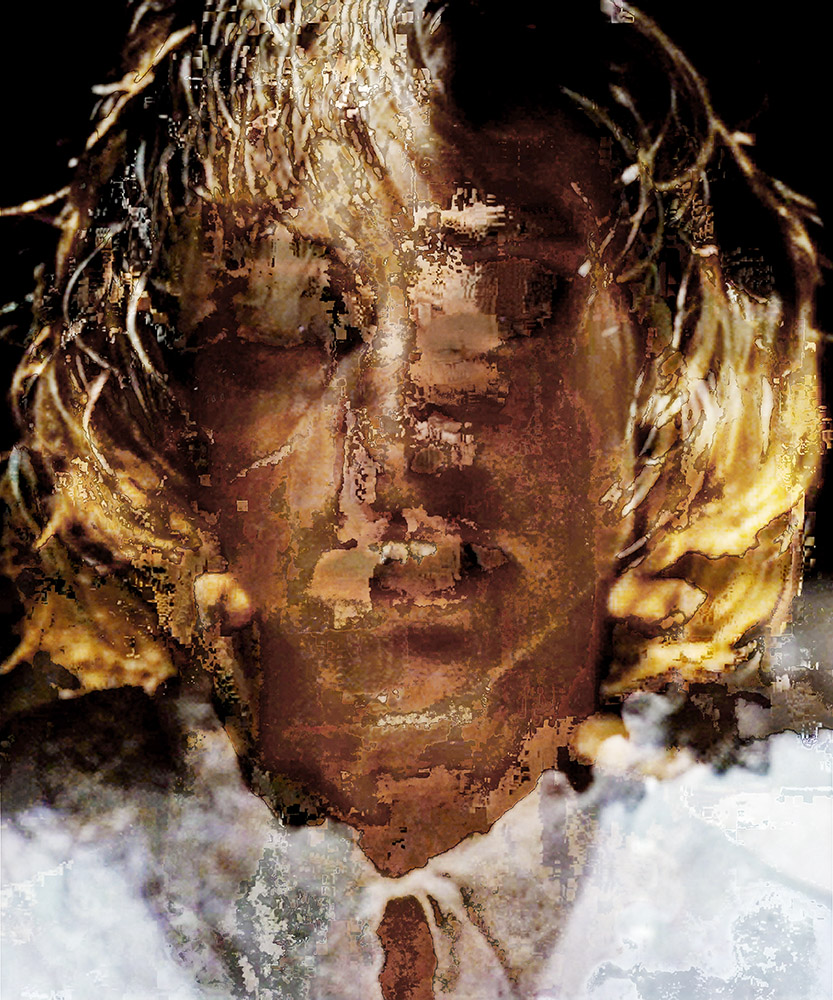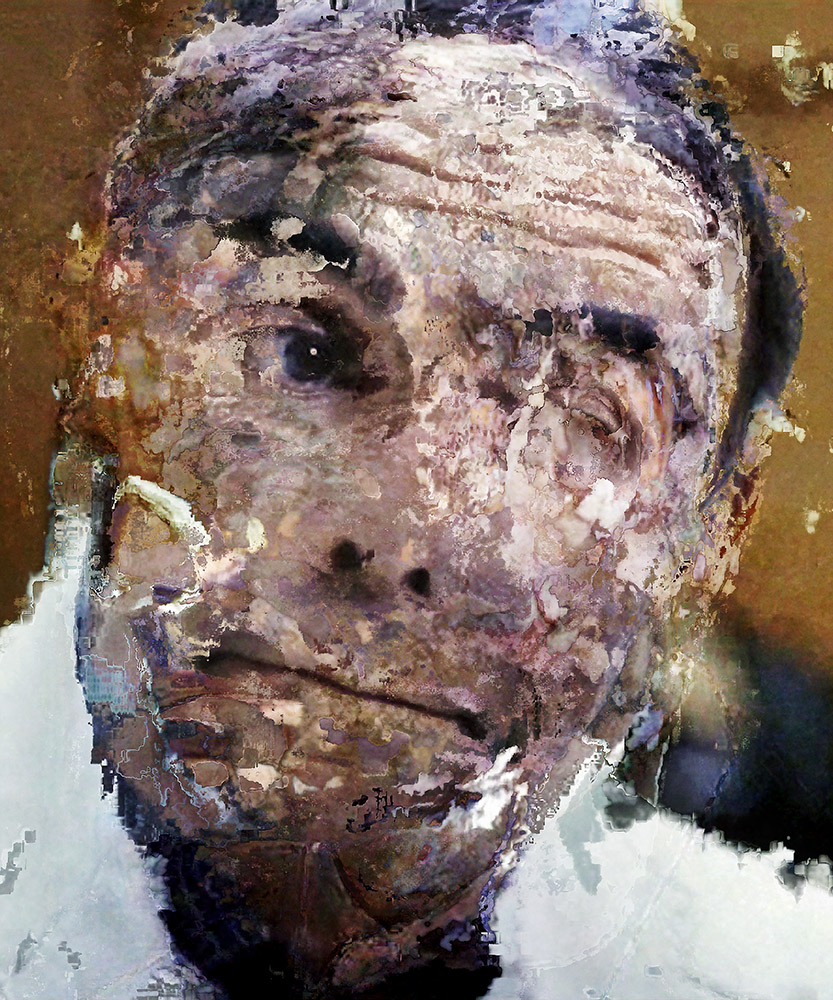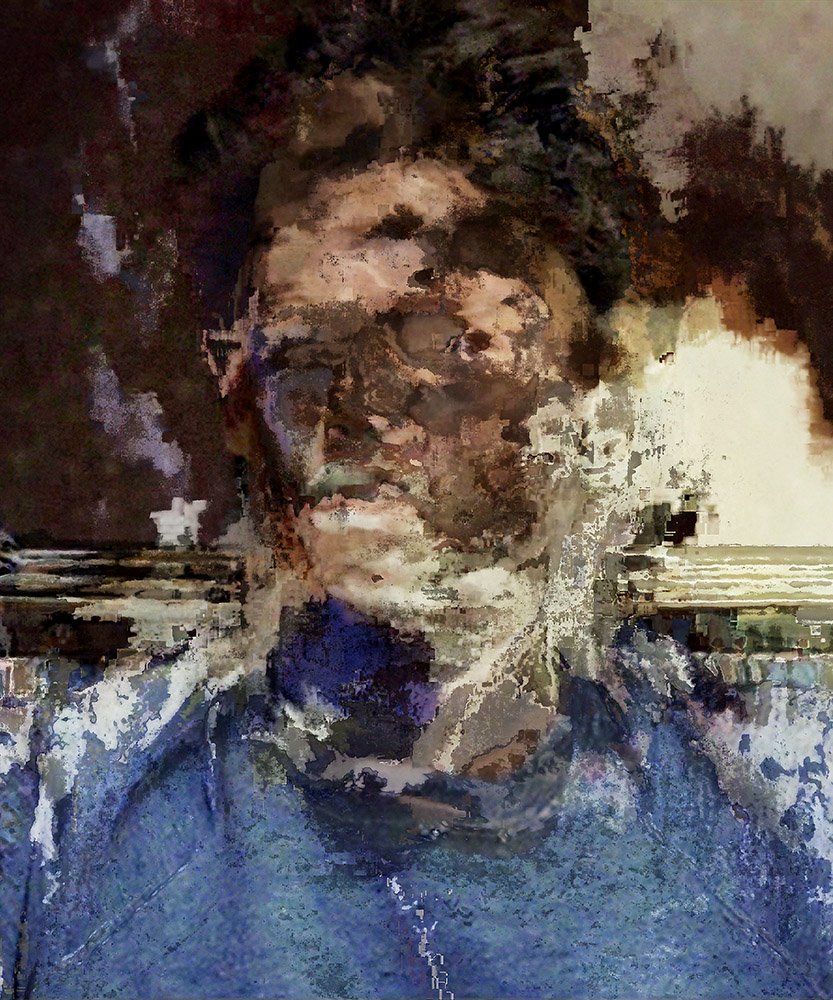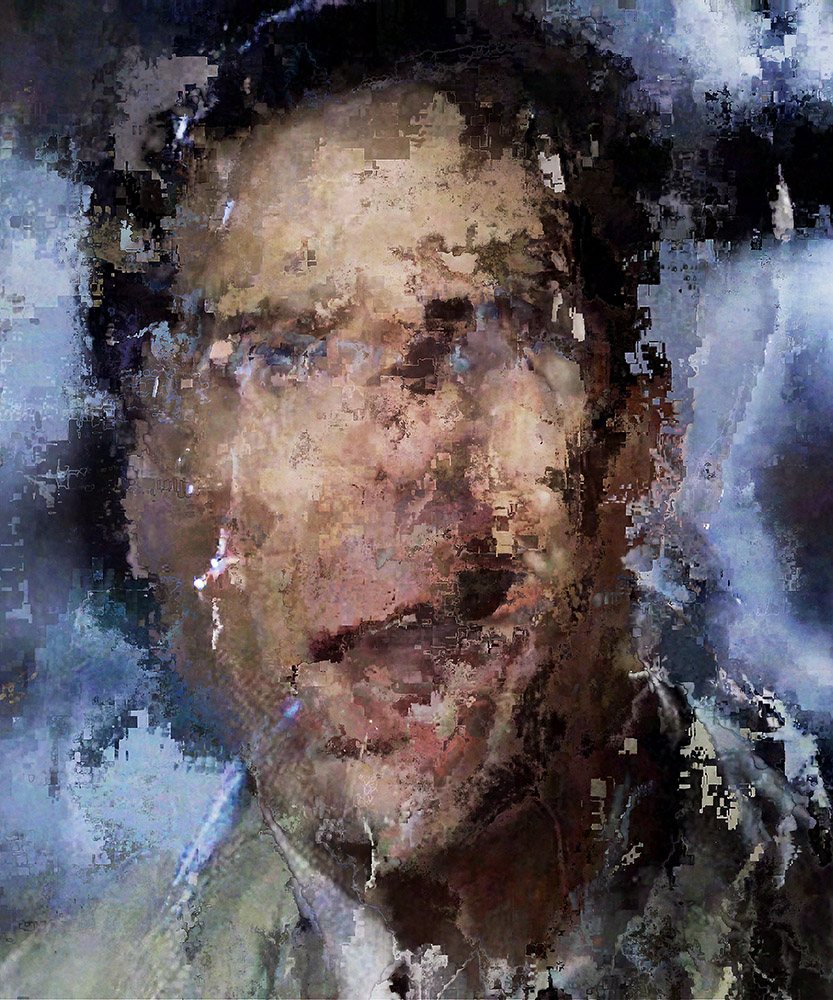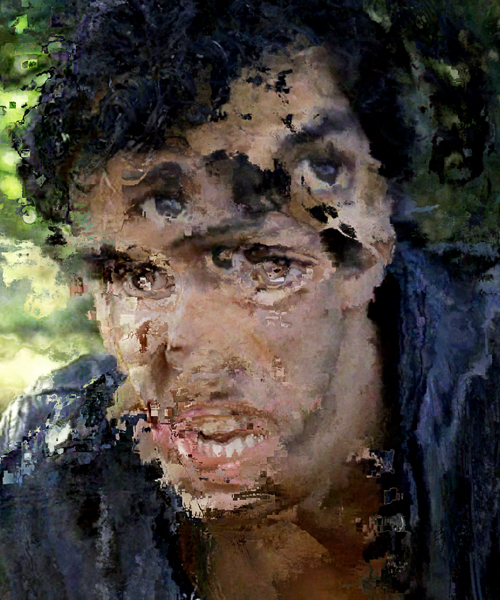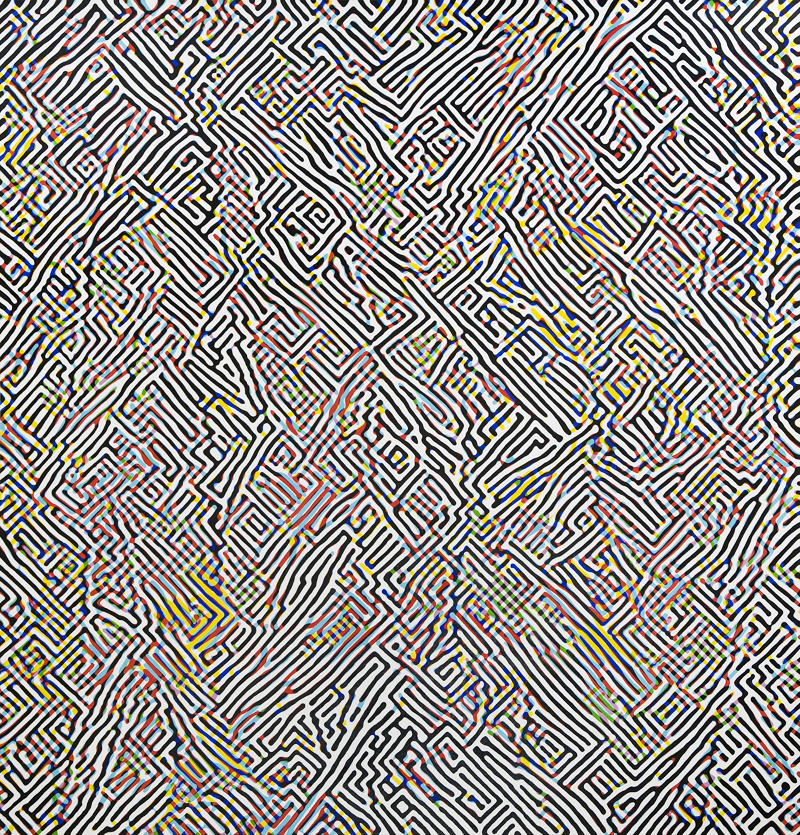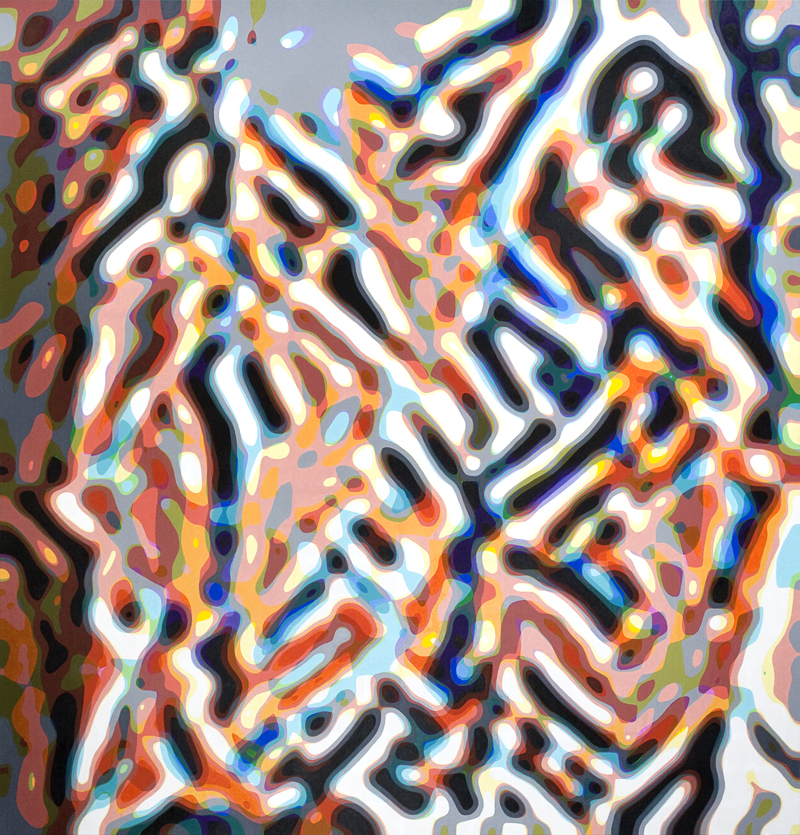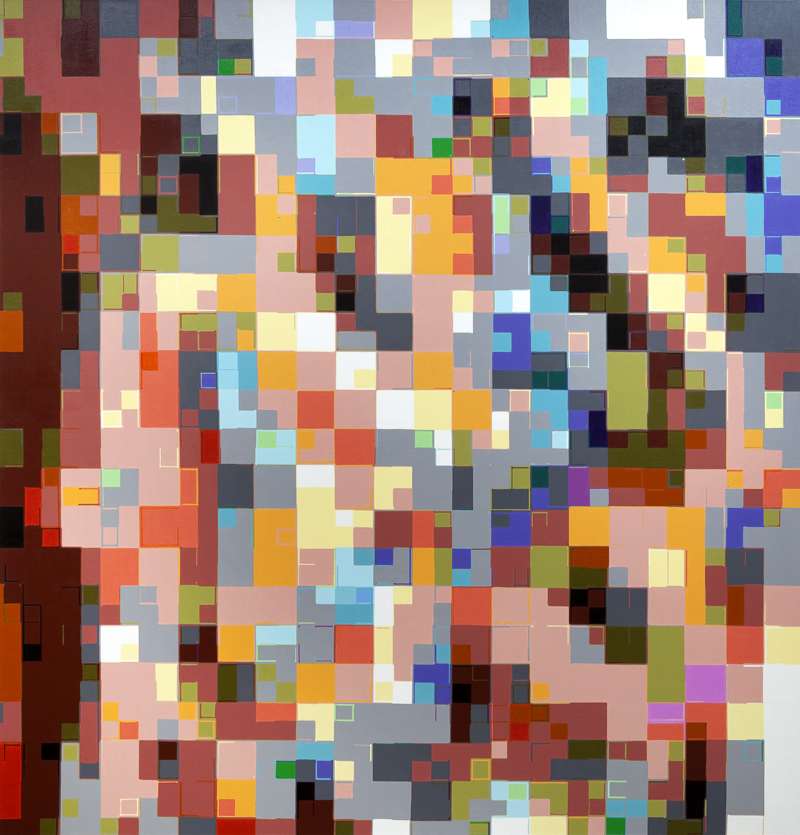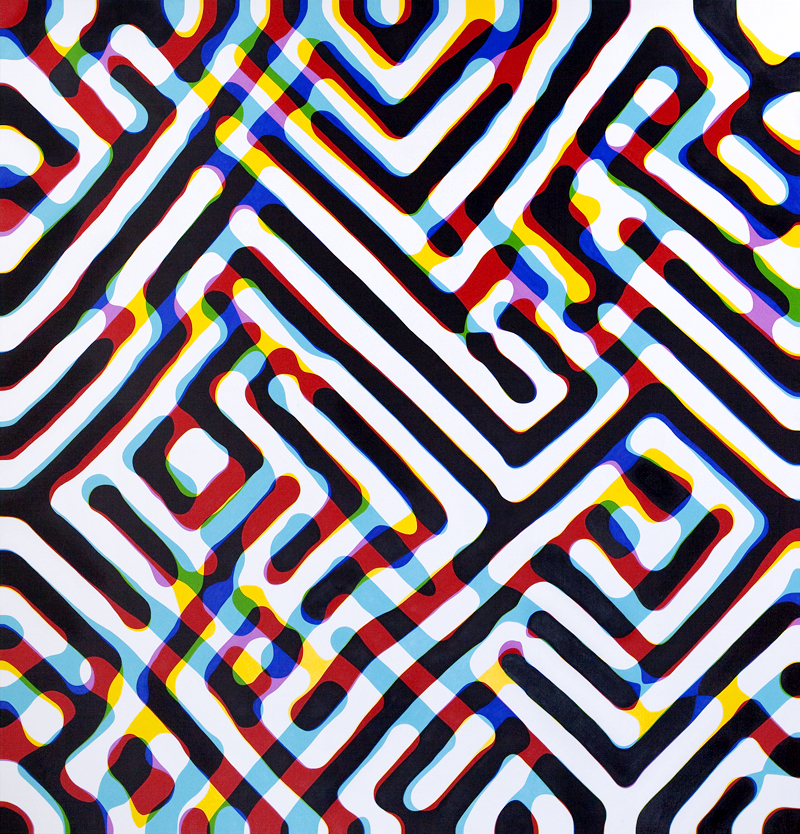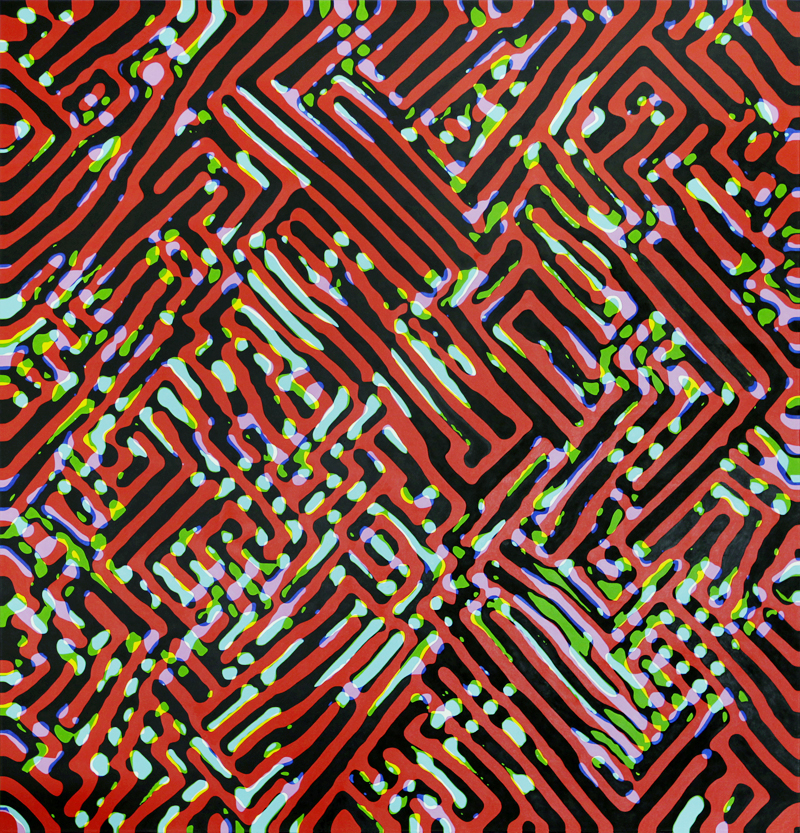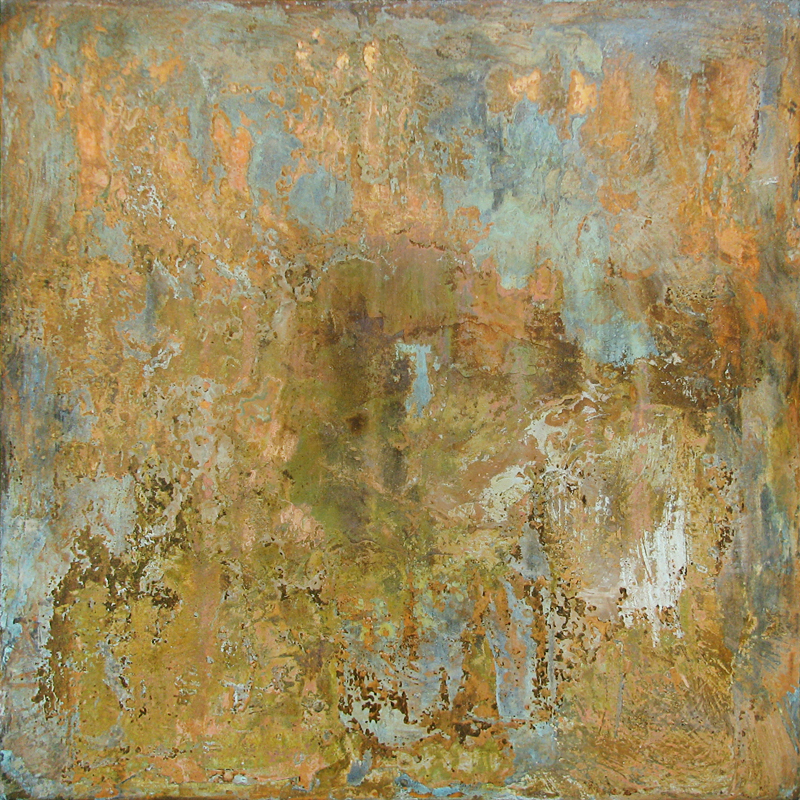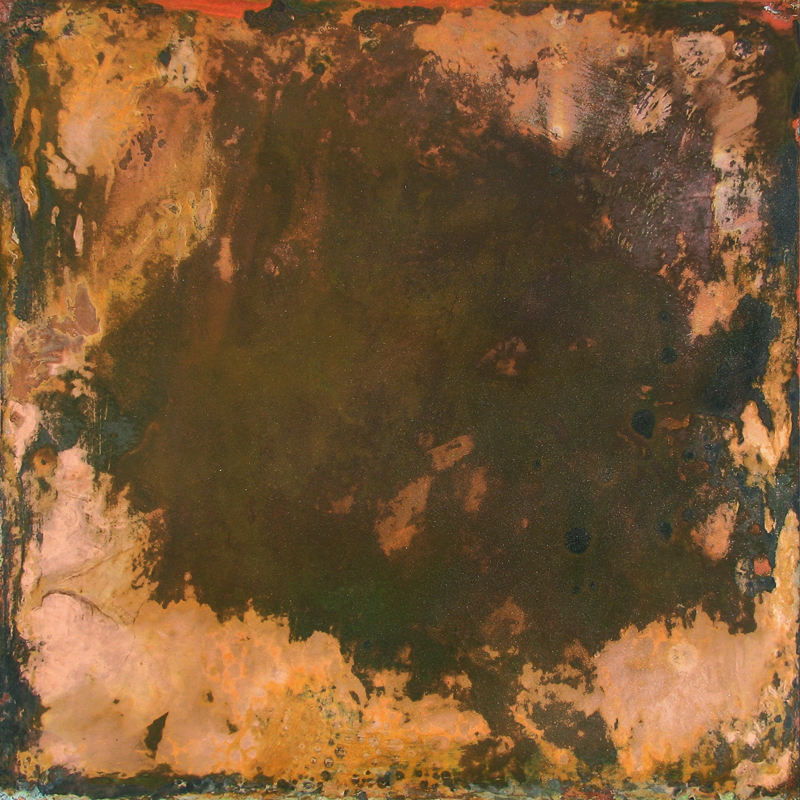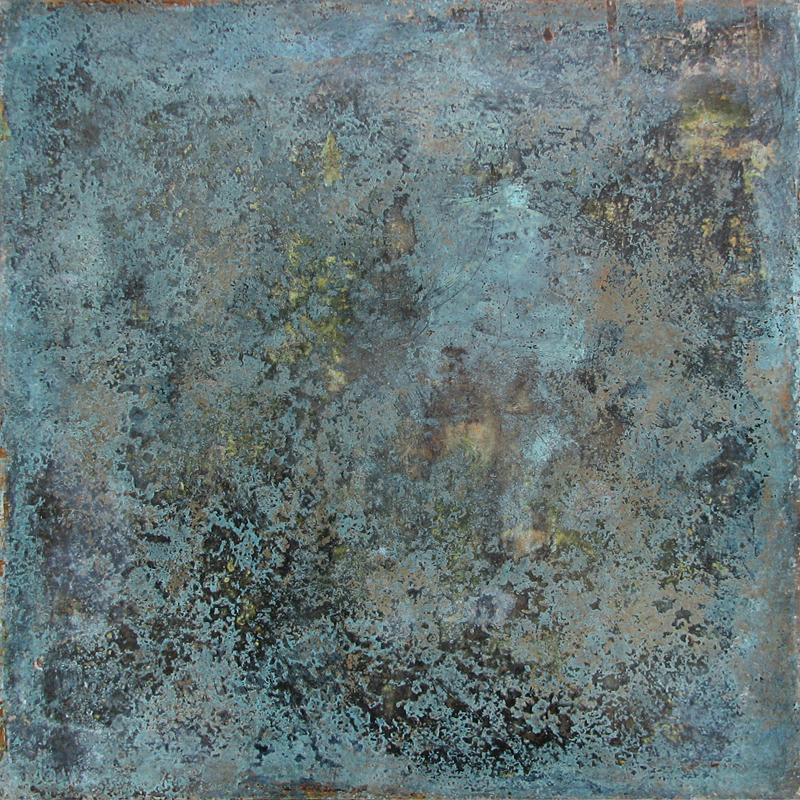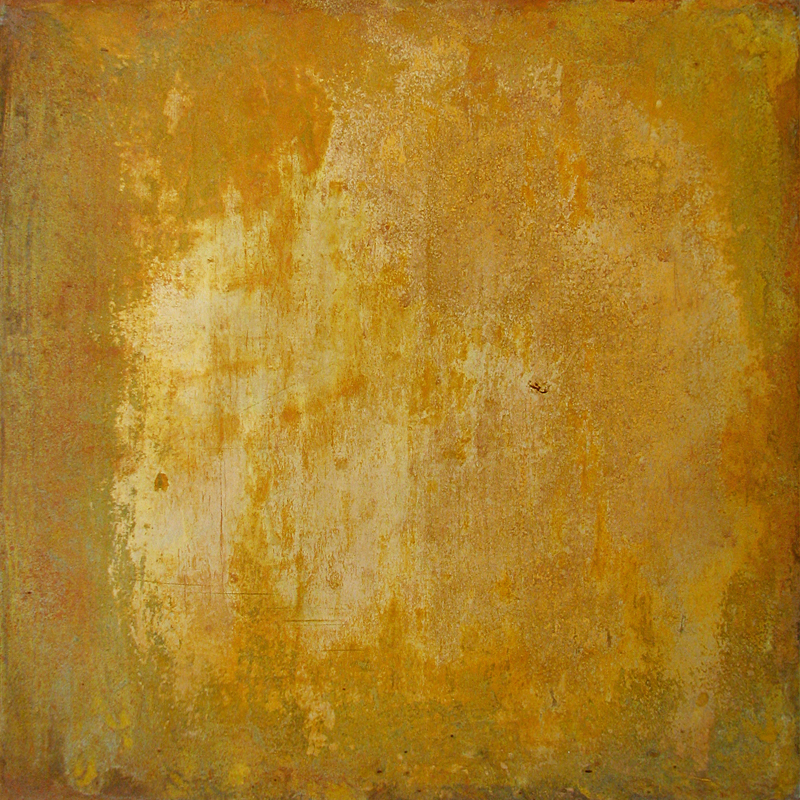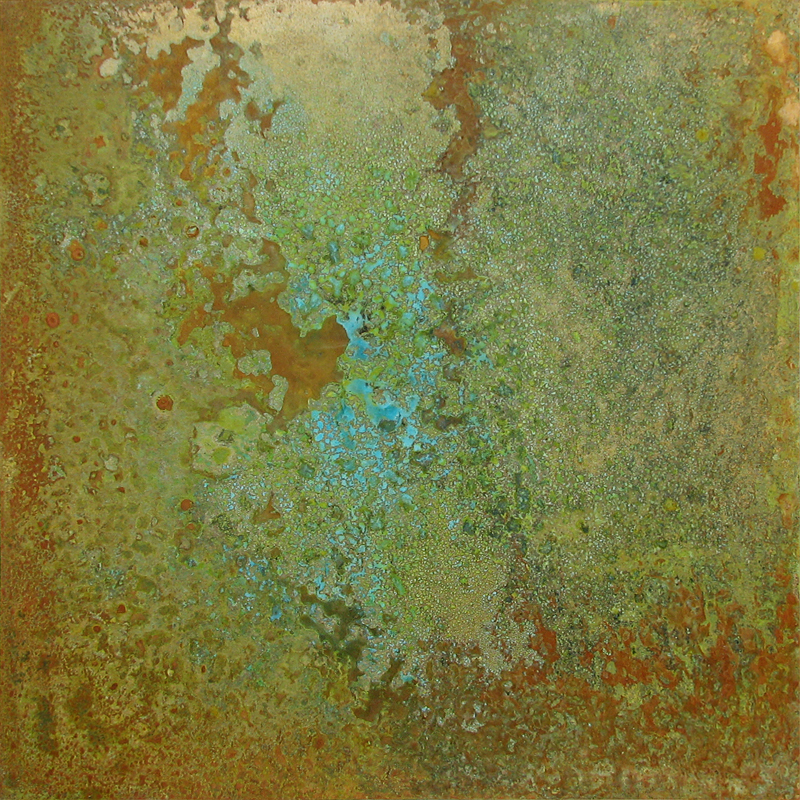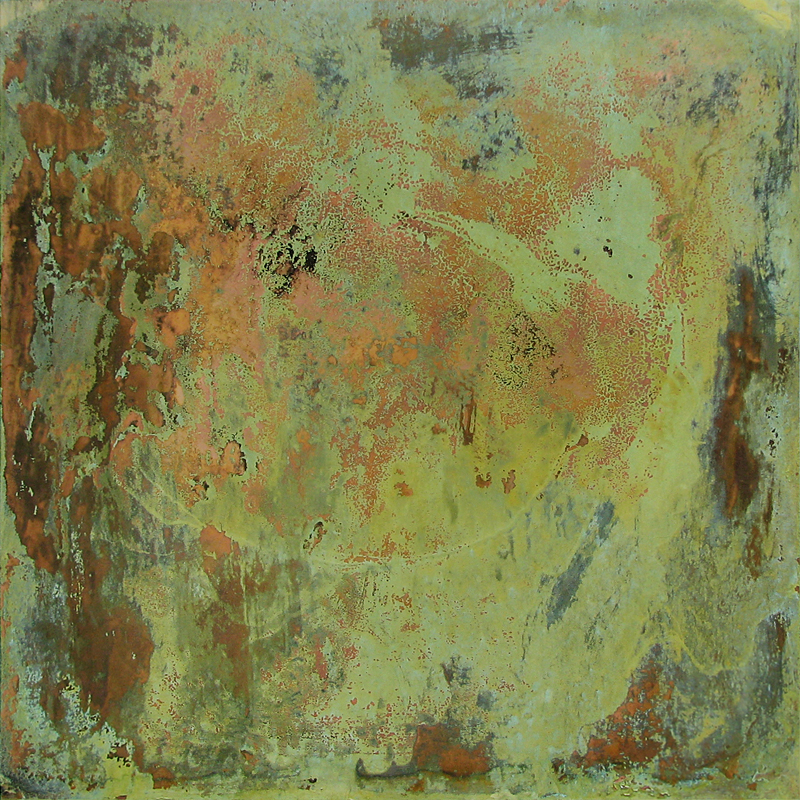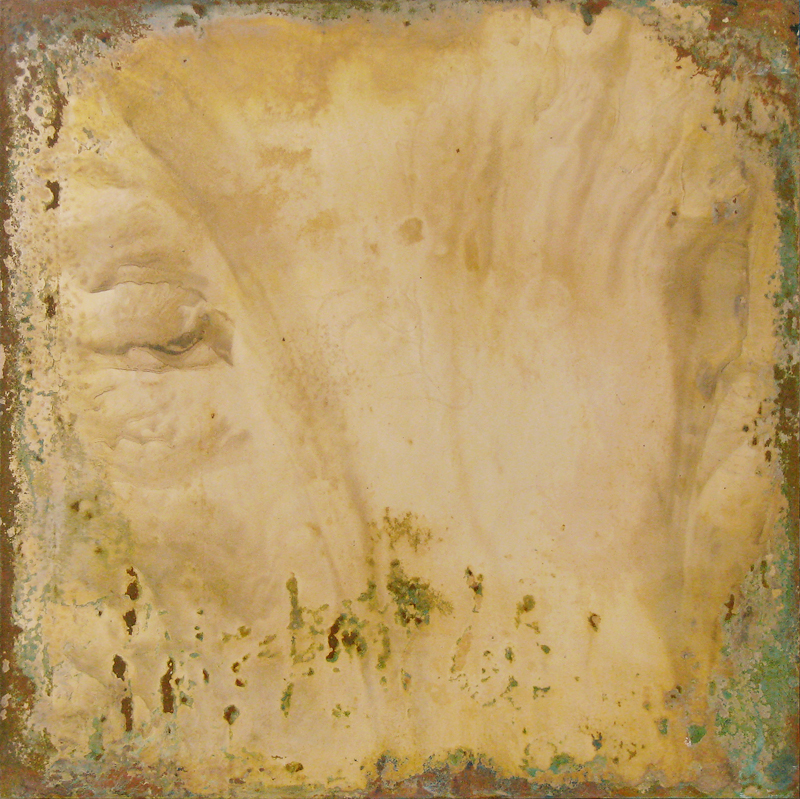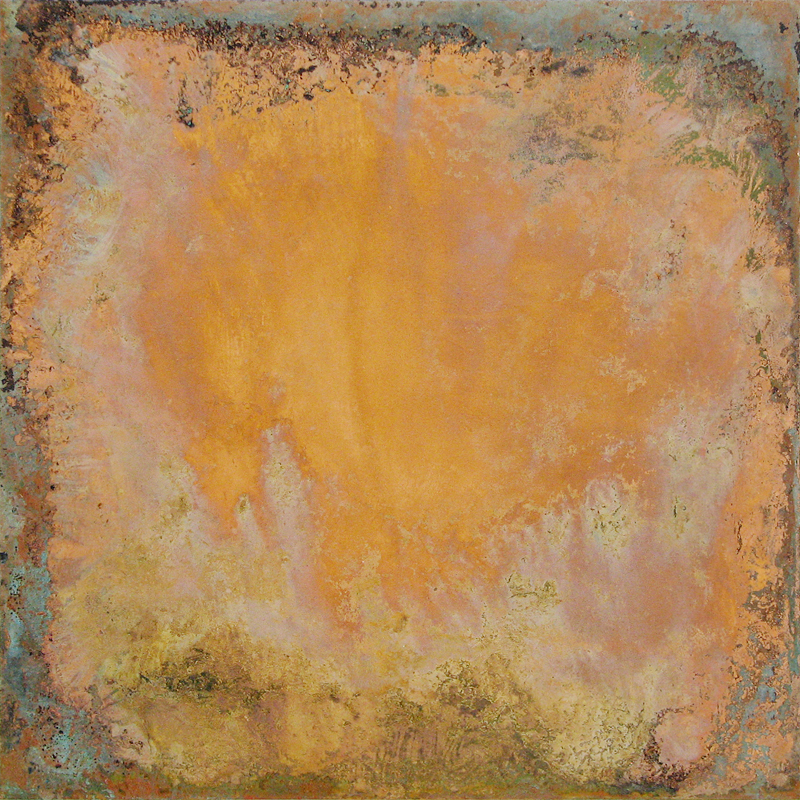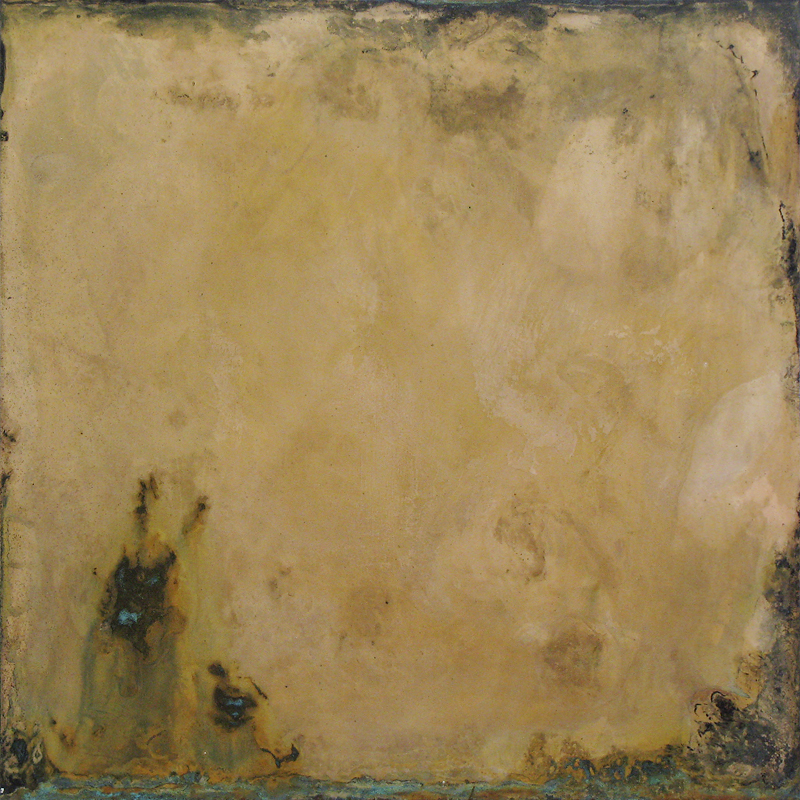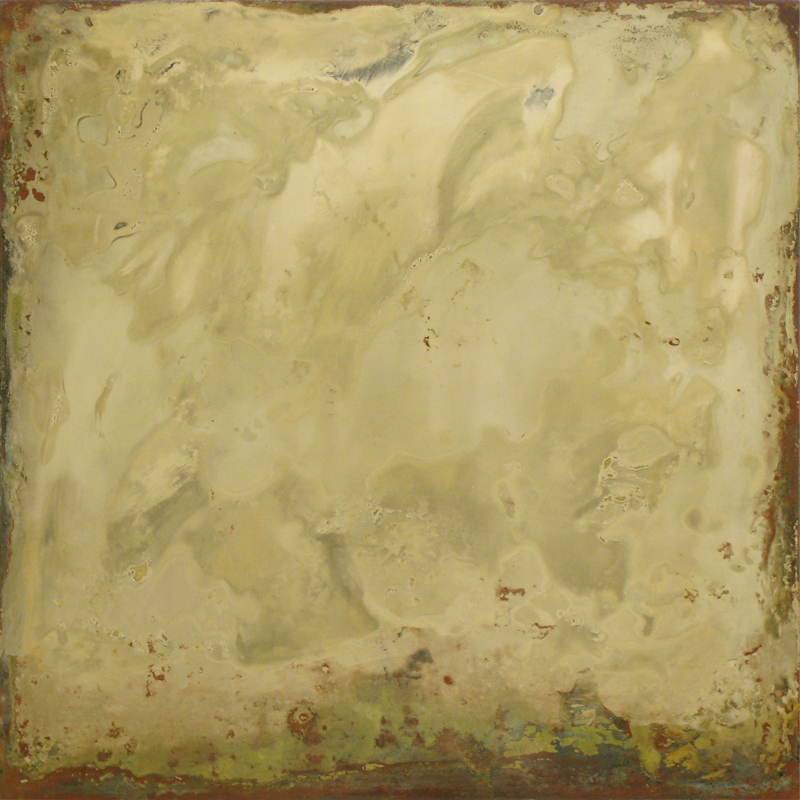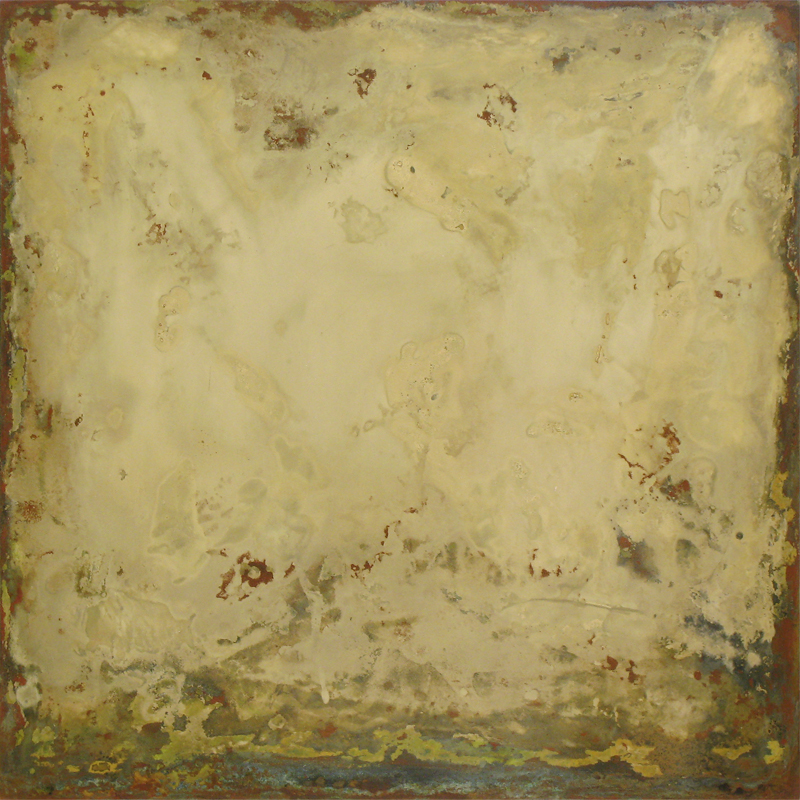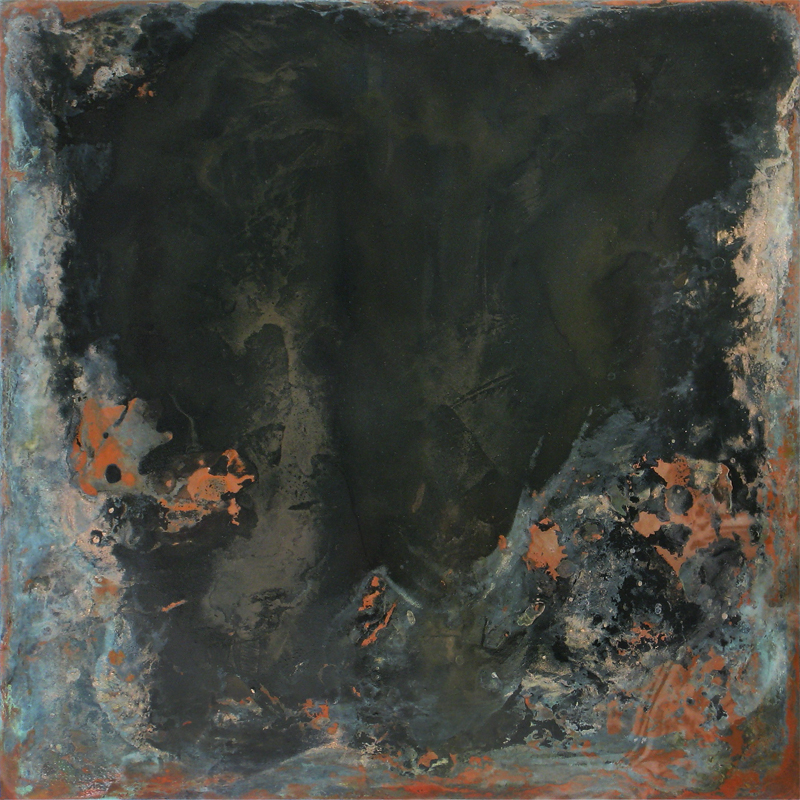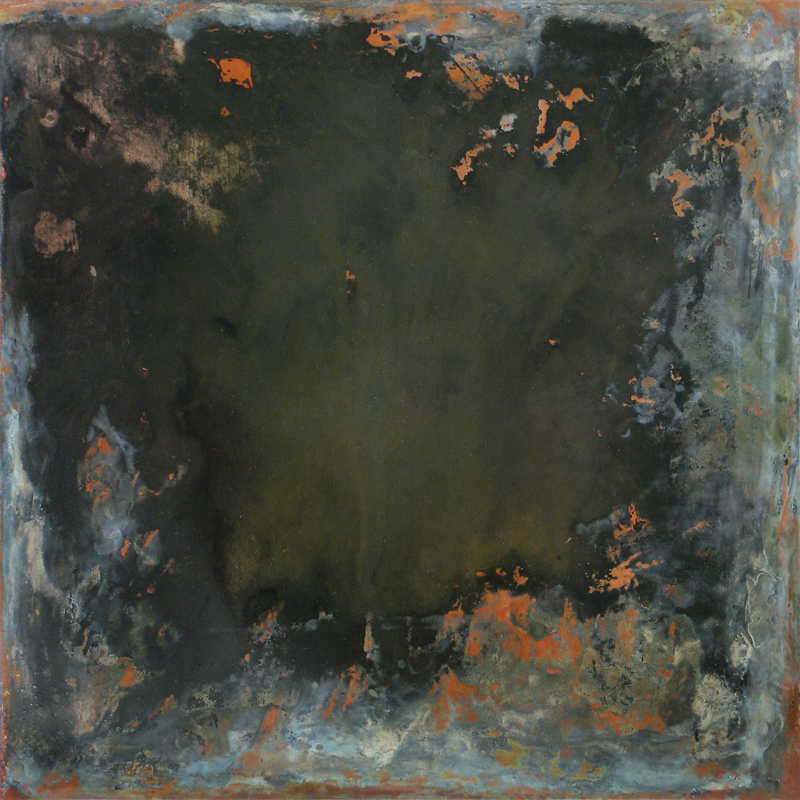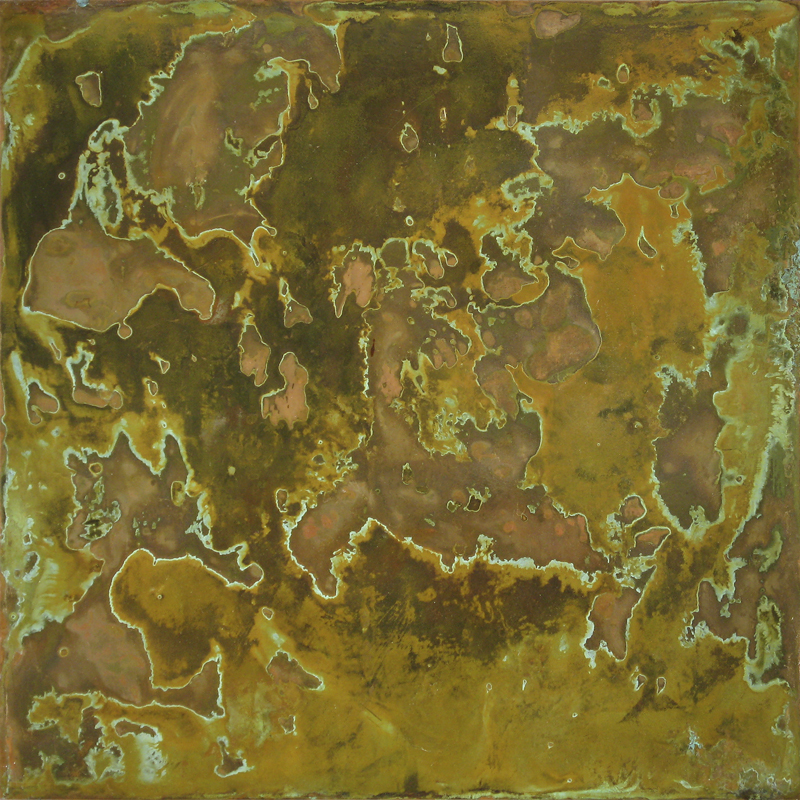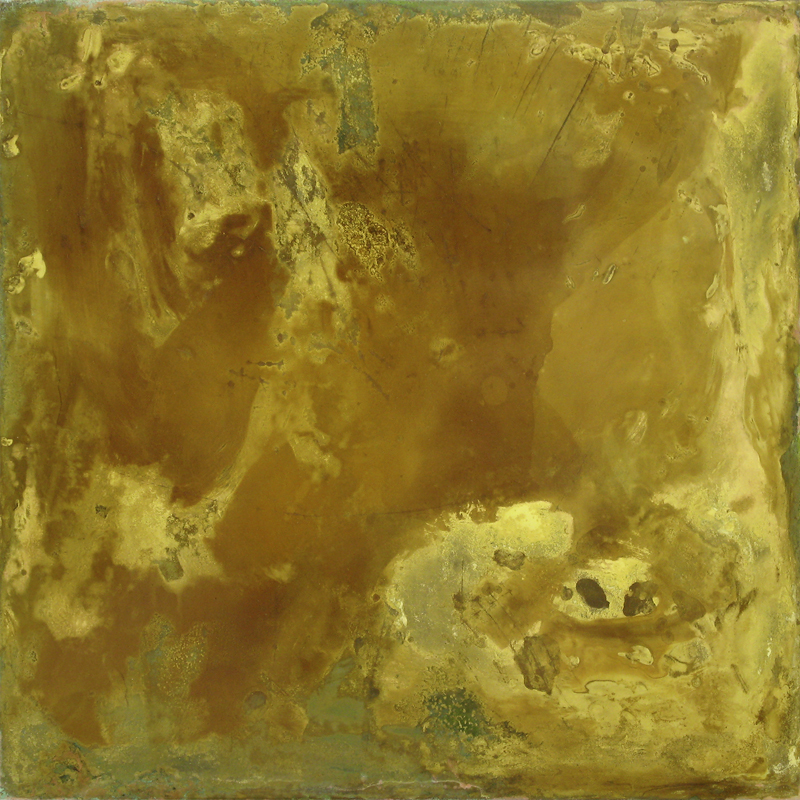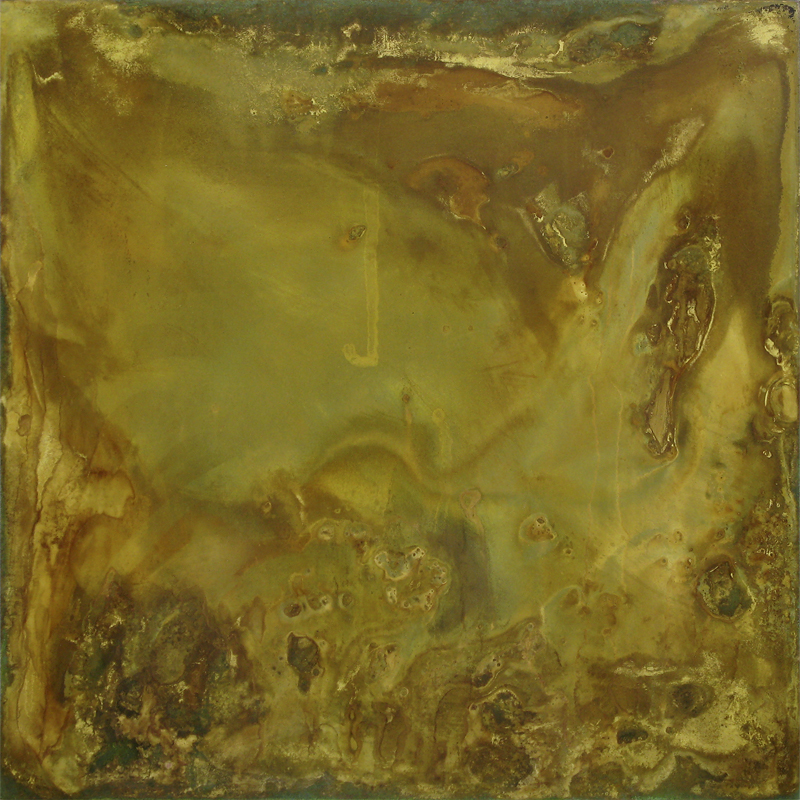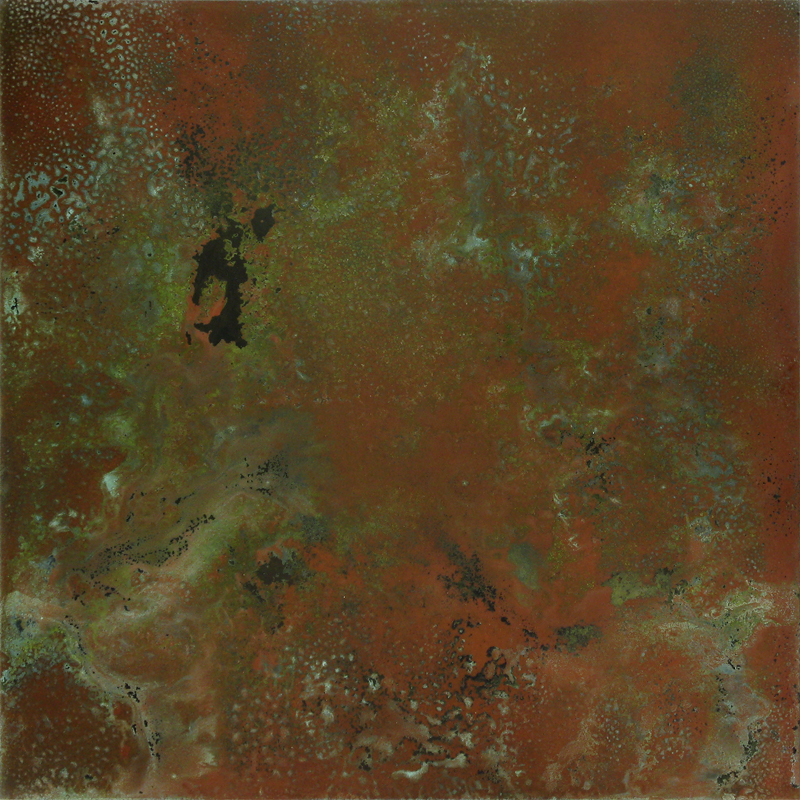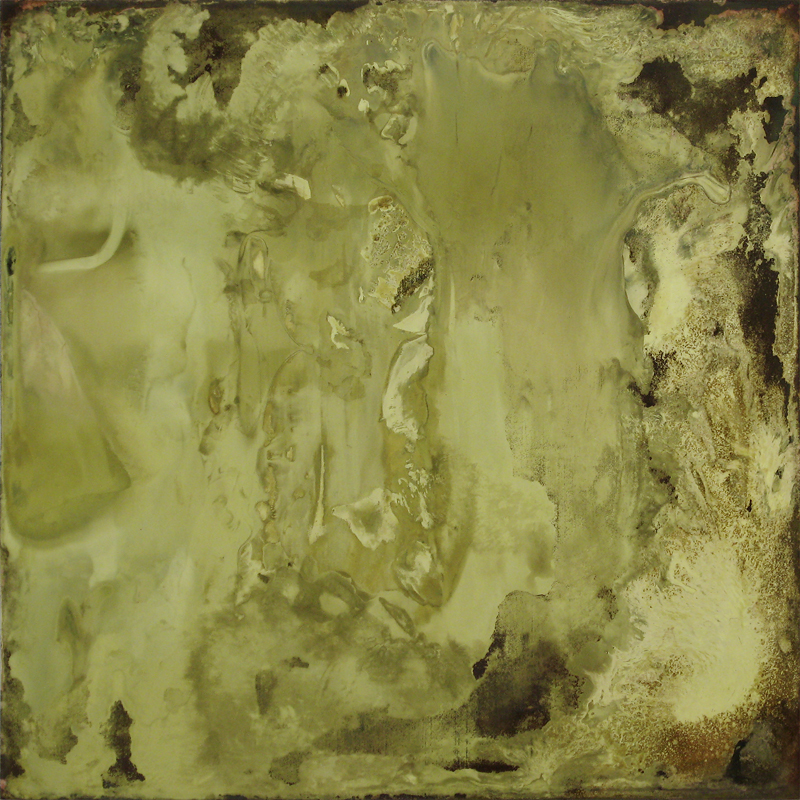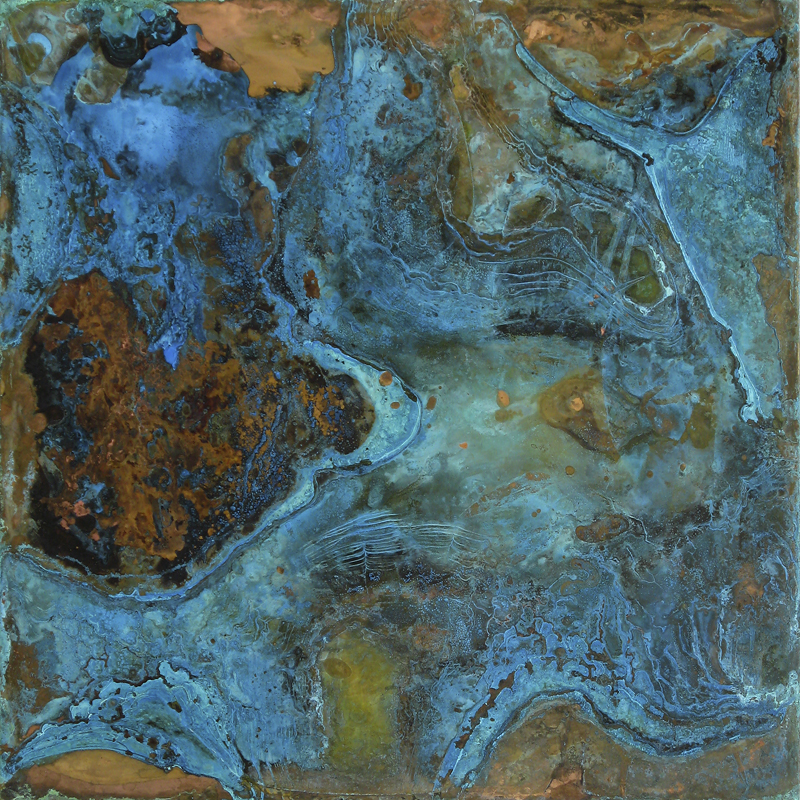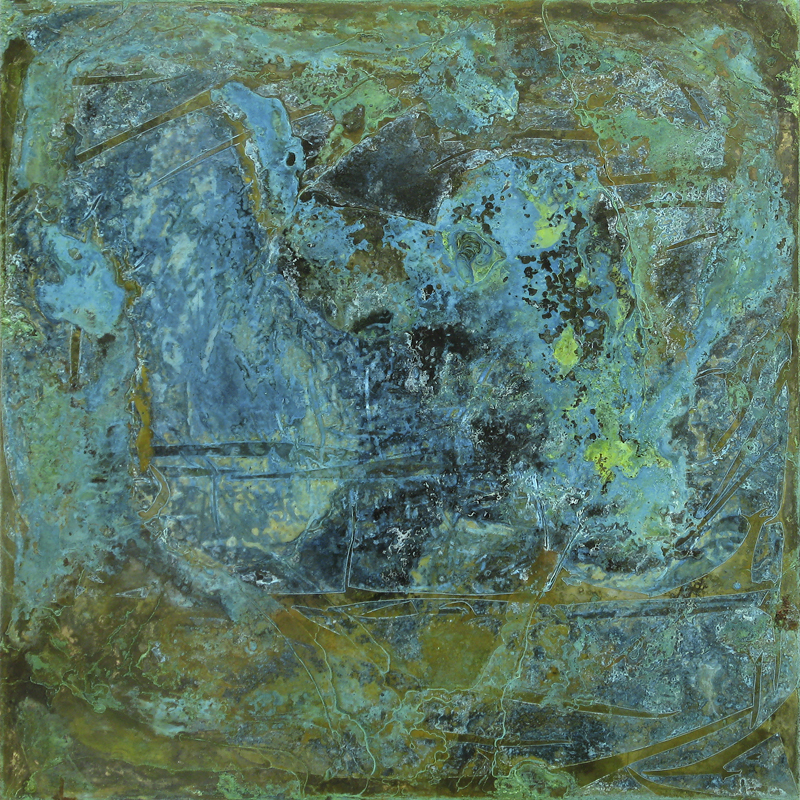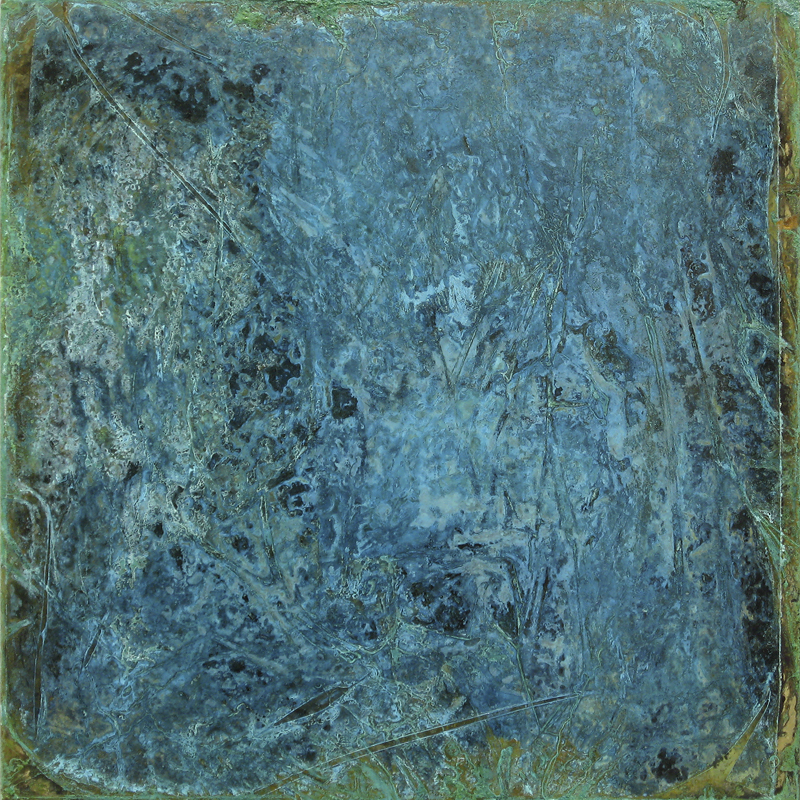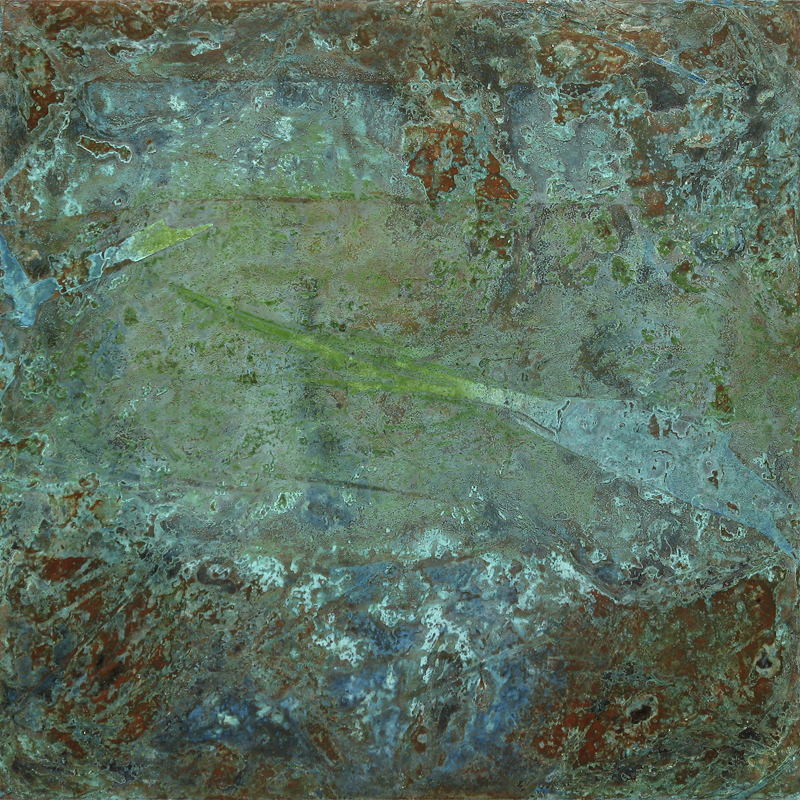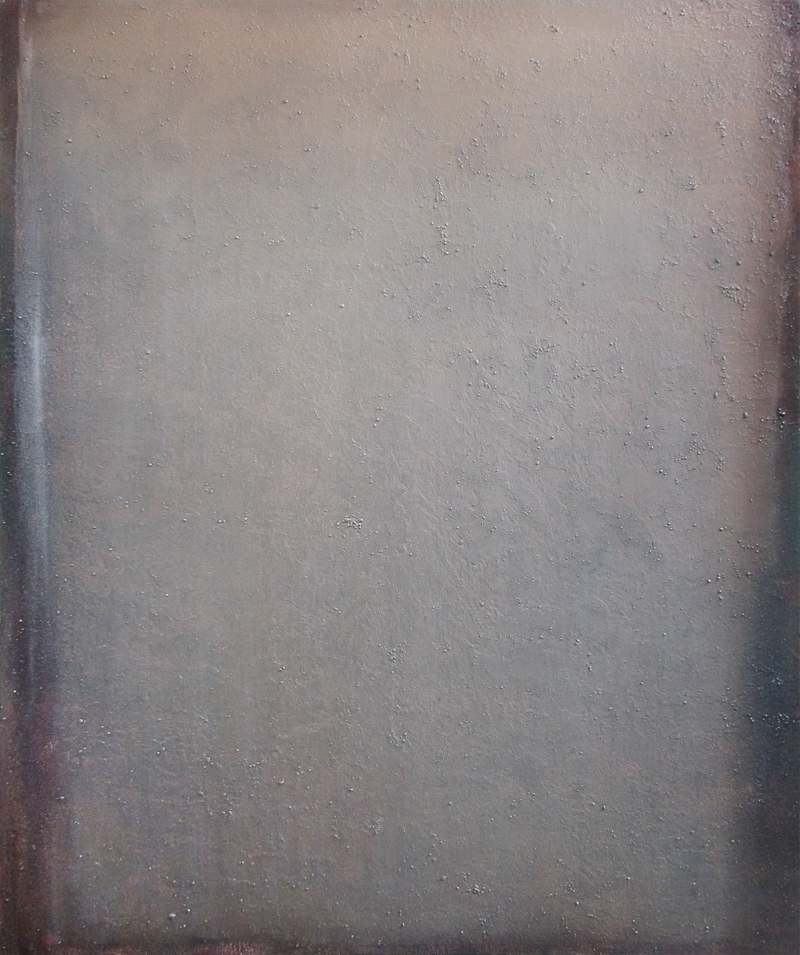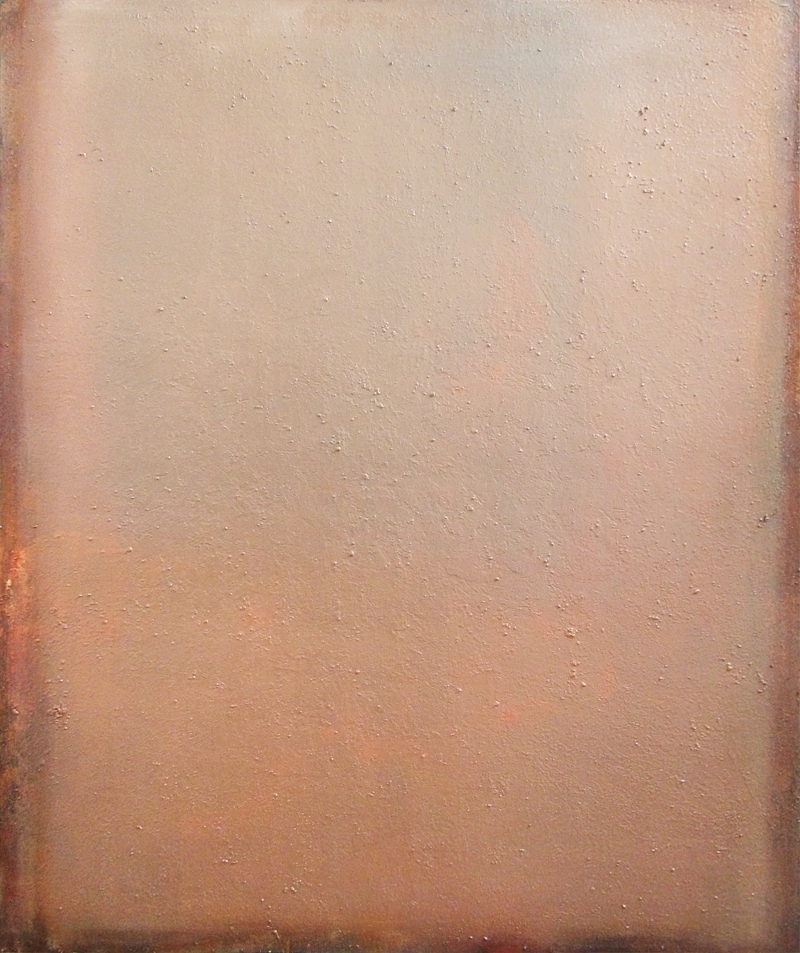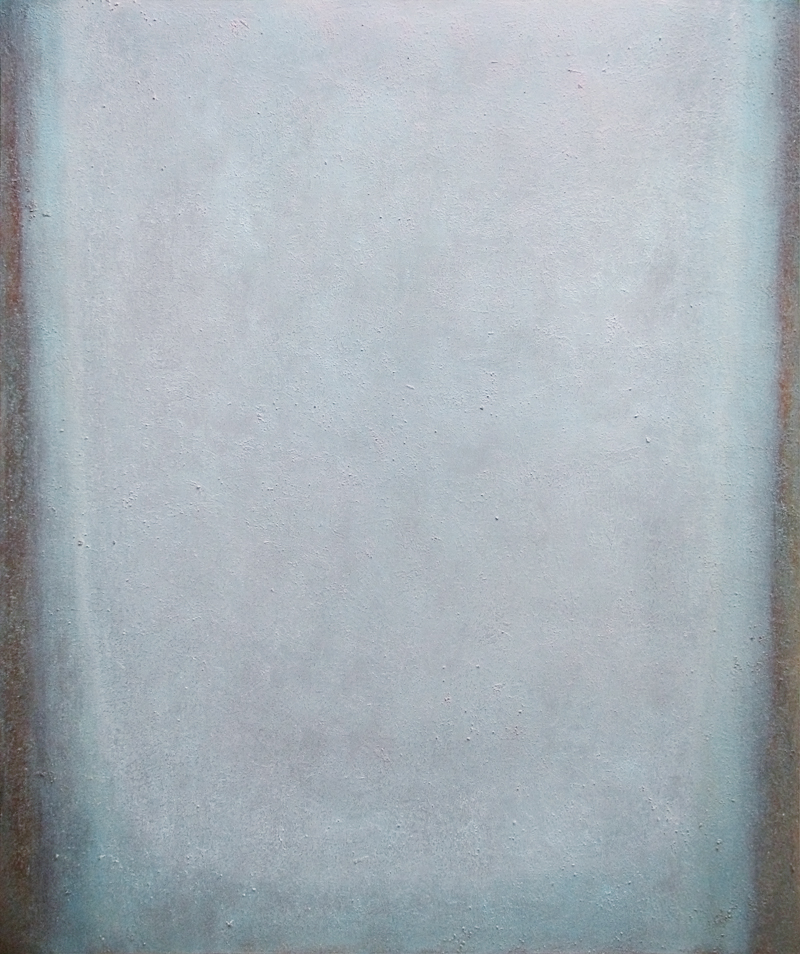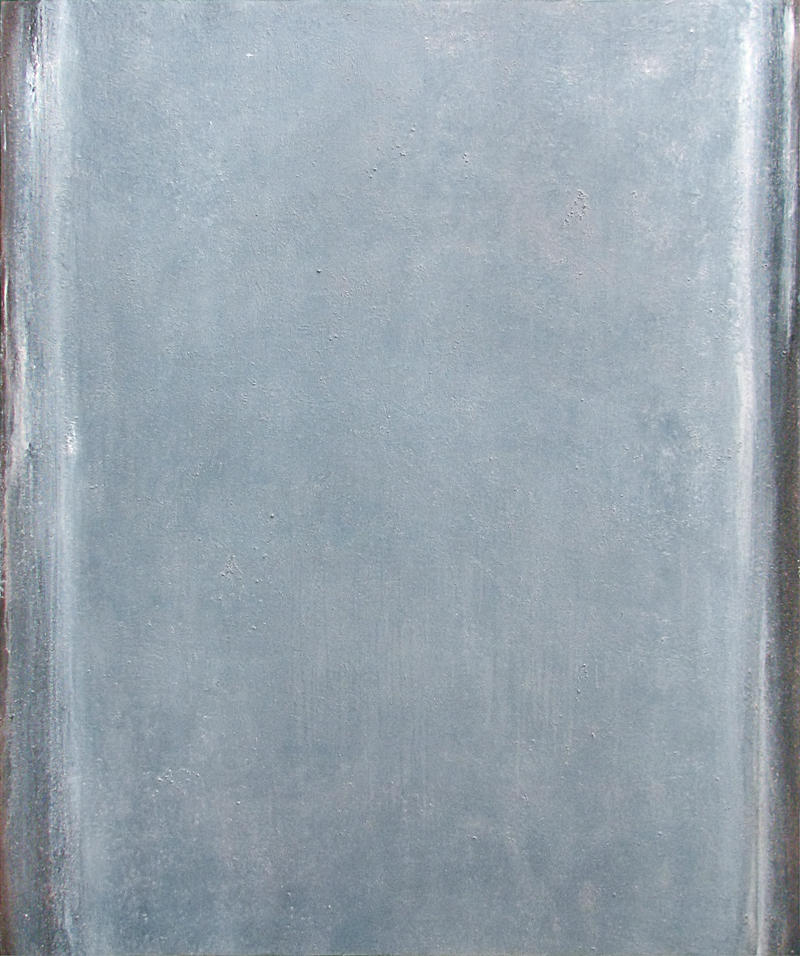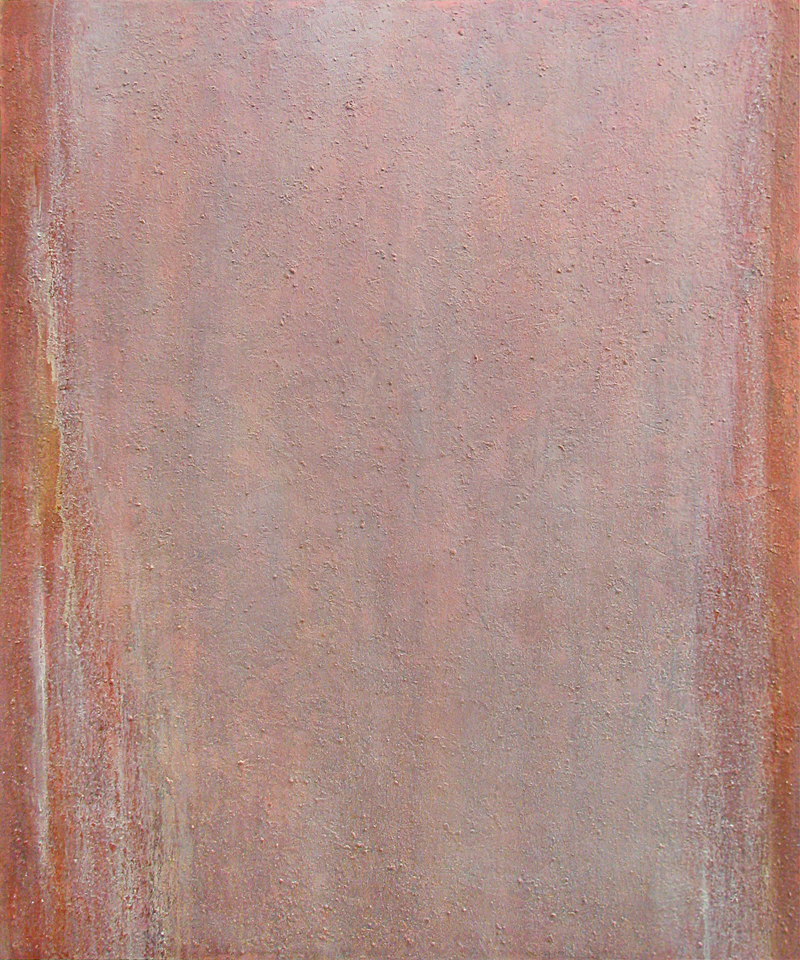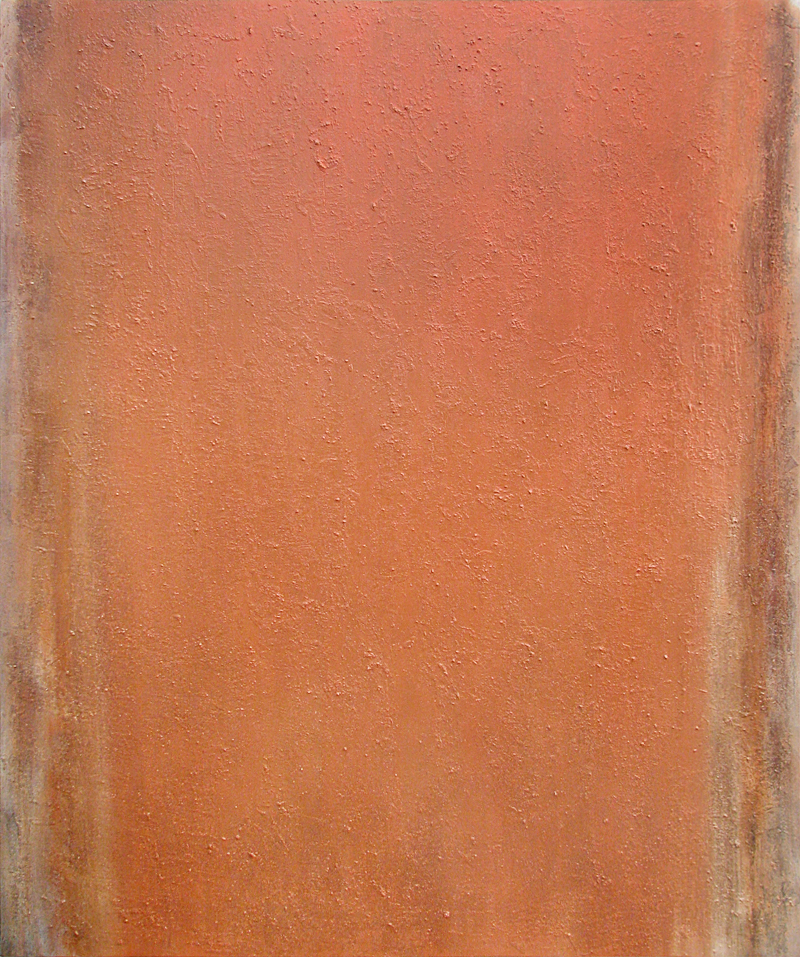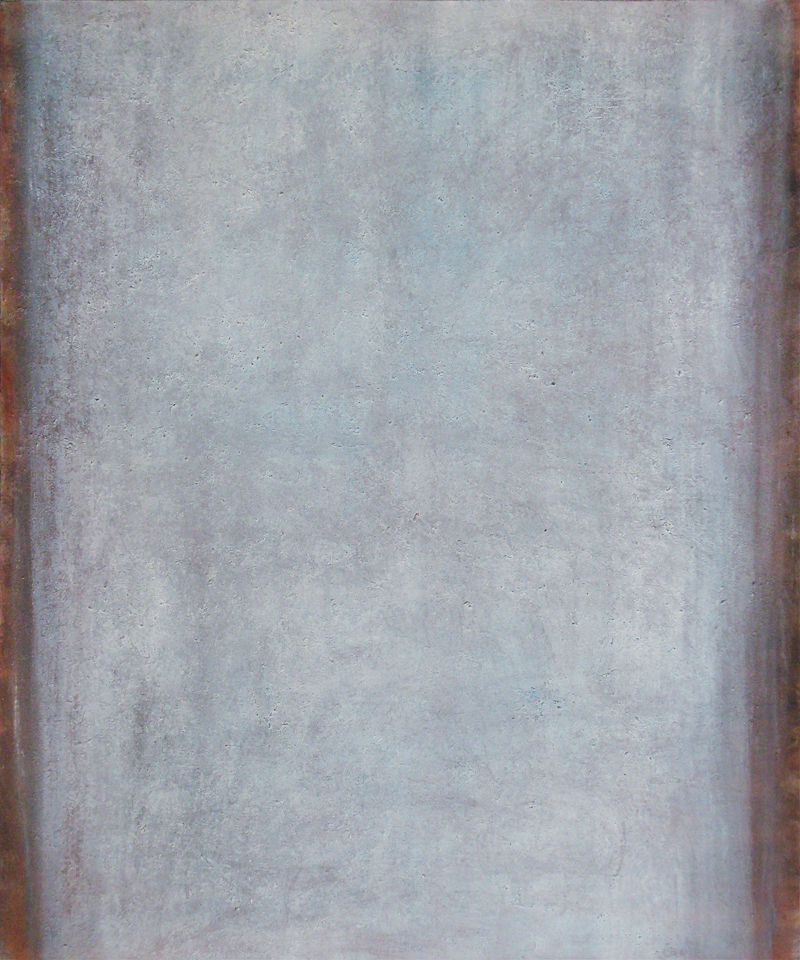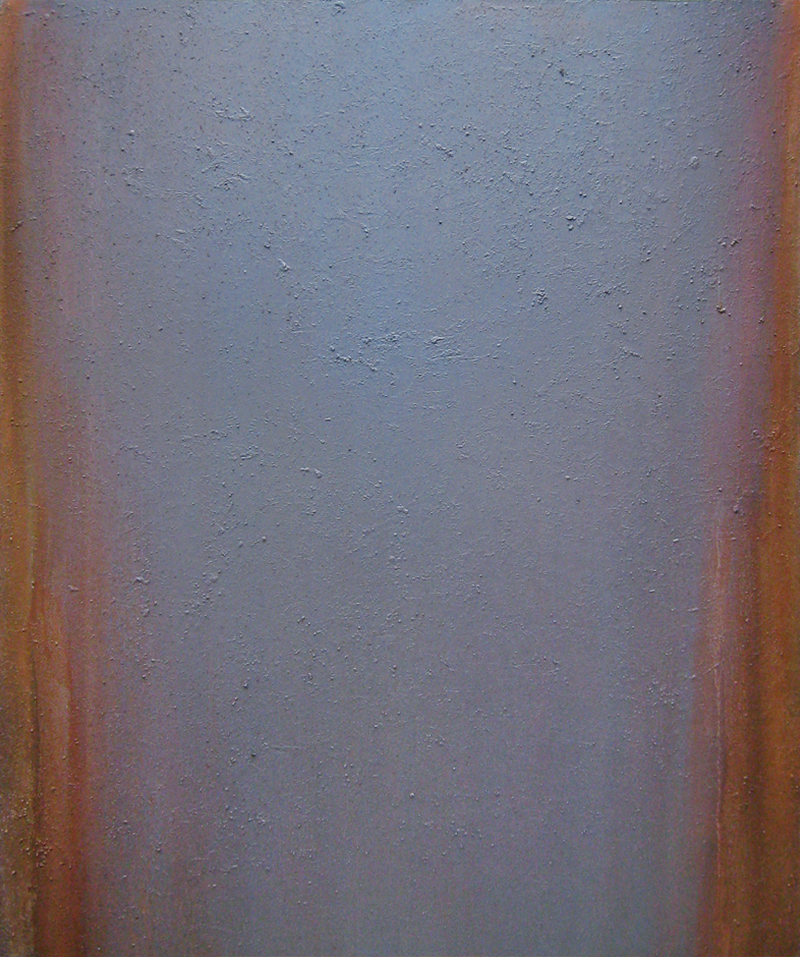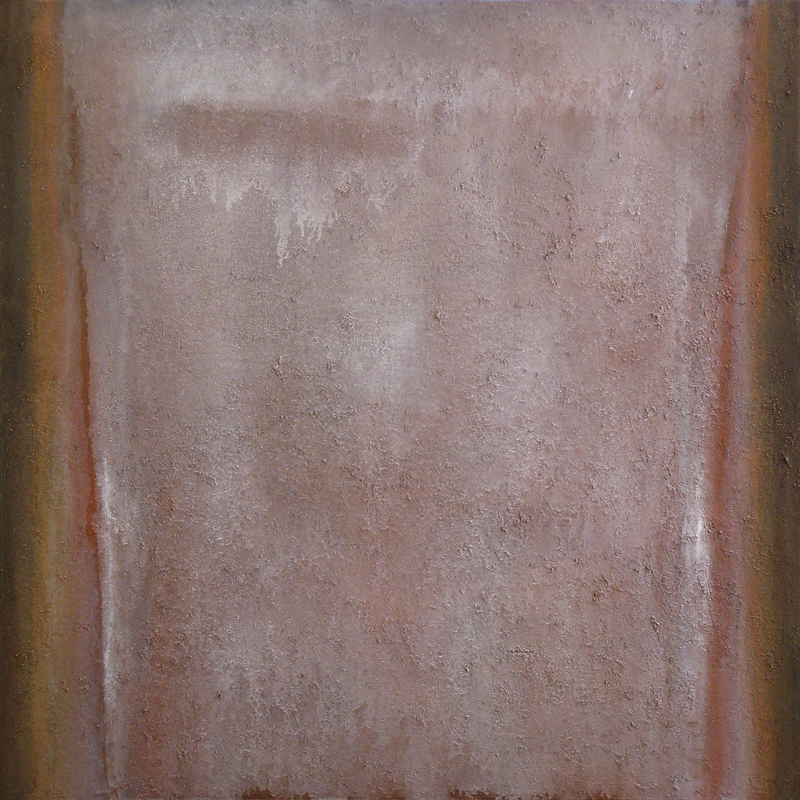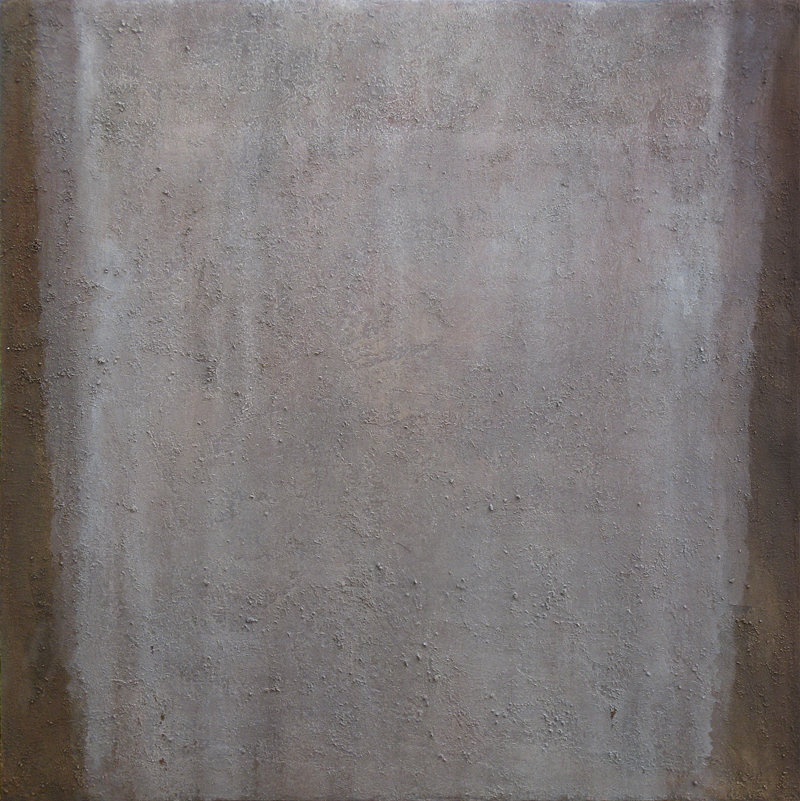COVENTRIERT
During World War II, the Coventry blitz was a series of bombing raids that took place on the English city of Coventry. The level of destruction was so severe that the Germans later used the term "coventriert" (or "coventrated") when describing similar levels of destruction of other enemy towns.
This series of work is a further exploration of the idea of aging and destruction of digital images. By using photos of rubble and destruction from World War II as source material, and then applying various techniques for digitally degrading the images, the images themselves have become conventrated.
Each piece is a large scale digital print on aluminum, with many pieces containing areas of bare aluminum where the image information has been entirely destroyed.
RELATIVITY
This series of digitally created portraits are an exploration of the concept of history, aging and the passing of time applied to the realm of digital video and time based source material. Each portrait is a character from various horror films, some are the villains, some are the victims.
A moving image clip can be thought of as a series of images played one after the other, like a flip book. With digital video clips, when a clip is compressed, the first frame contains all of the picture information, and subsequent frames contain just the directions for where to move the pixels in order to save space.
By replacing the initial frame with a difference image, I have applied a technique that causes the computer to move the pixels of one video clip in the manner intended for a different one. This creates a new distinct and unified combination of the two wherein the properties of both clips are fused into one.
By then combining individual frames from several of these altered video clips into one still image, the end result is a combination of multiple moments in time being represented simultaneously.
The final pieces are archival pigment prints on wood panels that are strikingly painterly in their portrayal of cubist notions of space as well as a visual representation of Einstein's Theory of Special Relativity and it's unifying of space and time.
LES DEMOISELLES D'AVIGNON
In my work I have been exploring the concept of history and aging in a painting. With this series, "Les Demoiselles d’Avignon", I am exploring these same themes and concepts and how they can be applied to an image in the digital realm.
I began with a picture of Pablo Picasso's painting "Les Demoiselles d'Avignon”. The idea was to create a painting that was "aged" digitally. By this I do not mean attempting to create what one would imagine a painting or object to look like after it has been aged over time. Rather, I mean aging as being the application of destructive forces to an object or image over and over again.
When an object is aged, it has been subjected to repetitive, minor destructive forces over an extended period of time; for example, the slow staining of a wall from drips or the rusting of a piece of metal. With a digital image, there are many "destructive" forces that can be applied to cause the image to lose information. With the first painting in the series, I shrank the image down to 1% of its size, and then blew it back up again. When this happens, the computer has to interpret what information to fill in the empty space created between pixels when it is blown back up again. In the other paintings in the series, I applied different ways of “aging” the image, causing the computer to have to make similar decisions.
Applying any of these destructive actions once or even a few times does not alter the image substantially. But when applied hundreds of times, the image loses more and more information to the point where it becomes virtually unrecognizable. Applying this digitally destructive force over and over again is the digital equivalent of an object that has been subjected to the elements over many years.
After the image was created in Photoshop, I painted it in oil on canvas roughly 8 feet square, the same size as the original Picasso painting. By repainting this "digitally" aged image, a strange alternate version of the painting is created. Rather than a painting that has been ripped, stained or discolored over time, the paintings are images that have been aged in the context of the digital realm.
GOWANUS
In this series, I am exploring the process and history of the painting, both aesthetically and intellectually. These paintings are about external forces acting upon an object over time and inherently documenting these changes. However, they are not solely about the passing of time, but rather they are a record of the accumulation of these destructive forces.
The paintings are large works in oil and sand on canvas, with textured, wall-like surfaces. They are built up over time by both constructive and destructive processes. Layers and washes of paint are added and partially removed over and over again in much the same way a wall or other surface ages over time.
While visually beautiful, the work also clearly demonstrates the conceptual effects of history and the passage of time. It is important that these paintings have been made by repeatedly applying constructive and destructive forces over and over again, making them both something that exists in its present state while still bearing reminders of its past.

